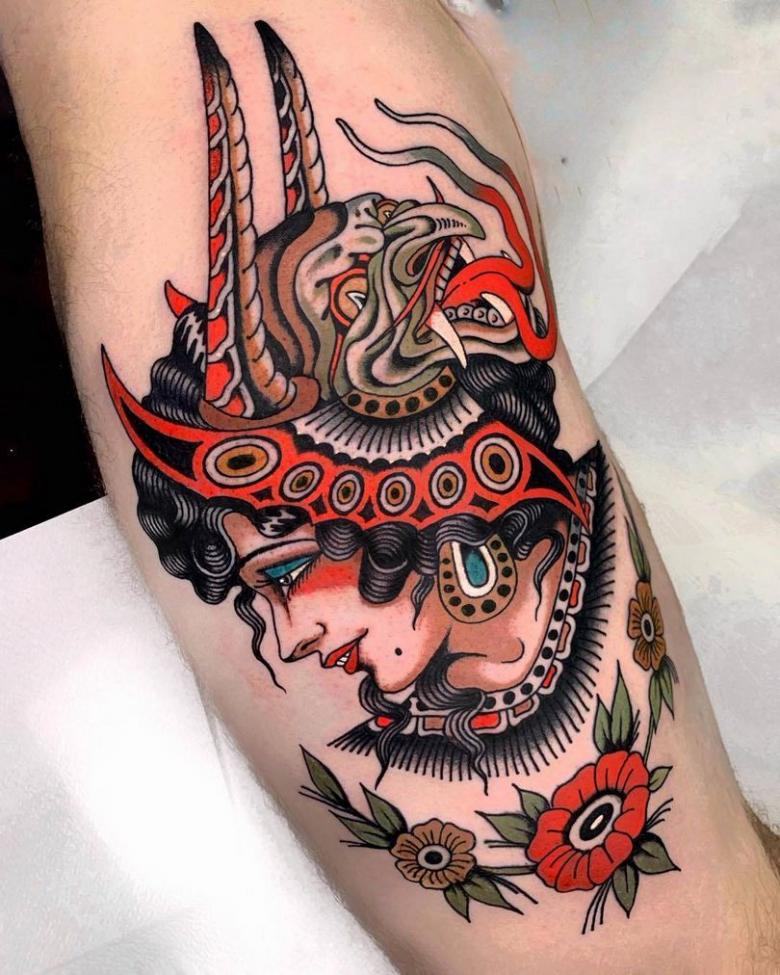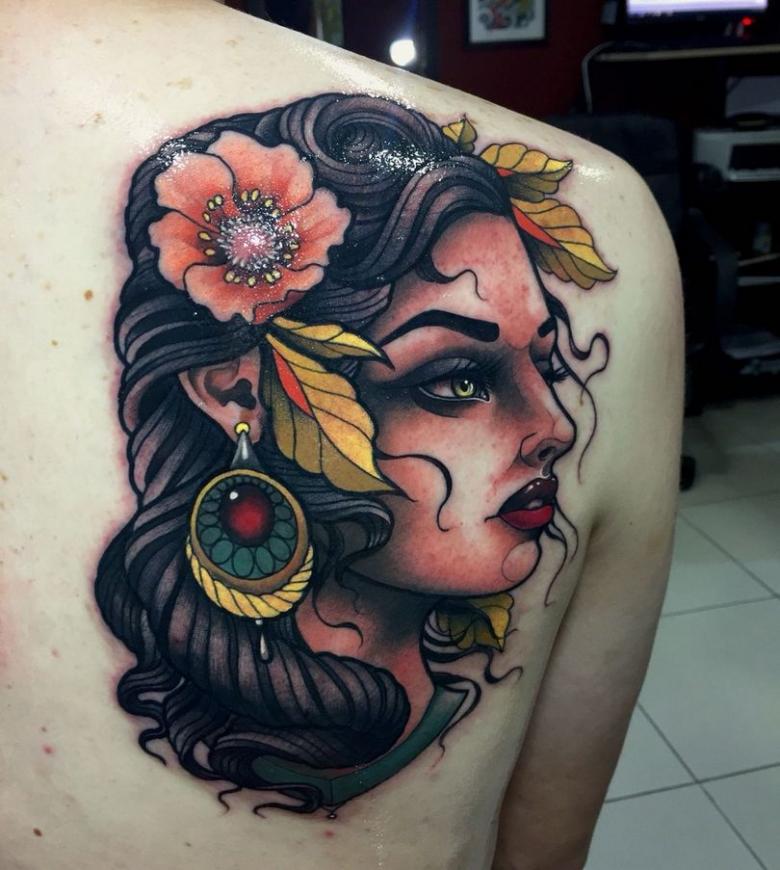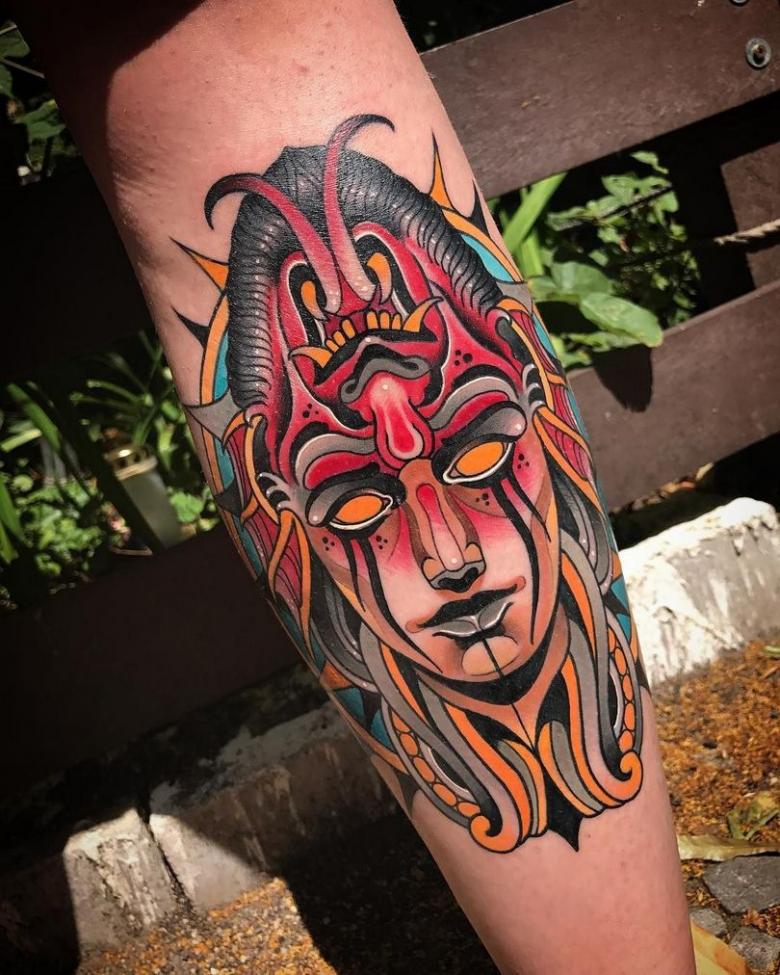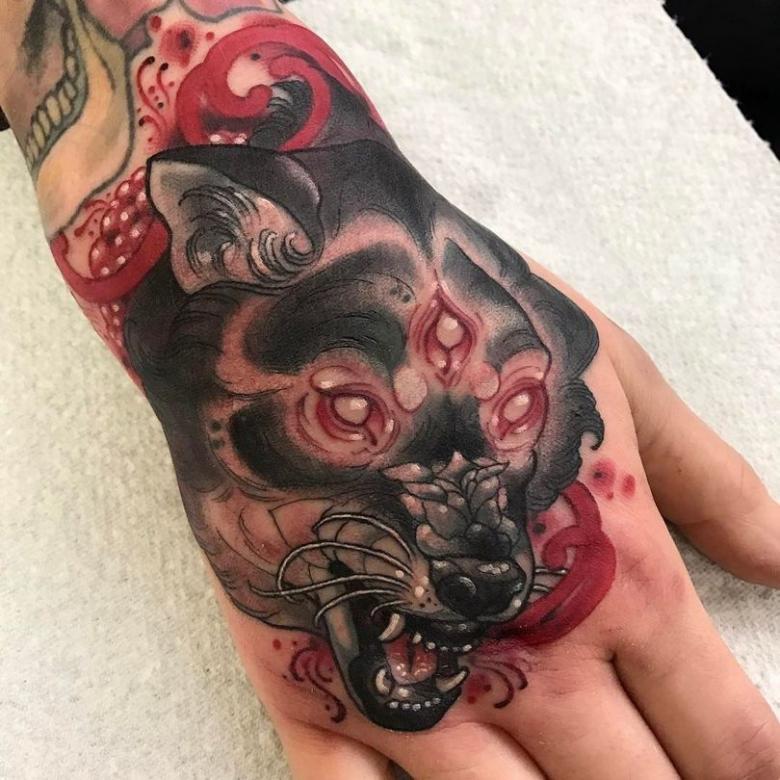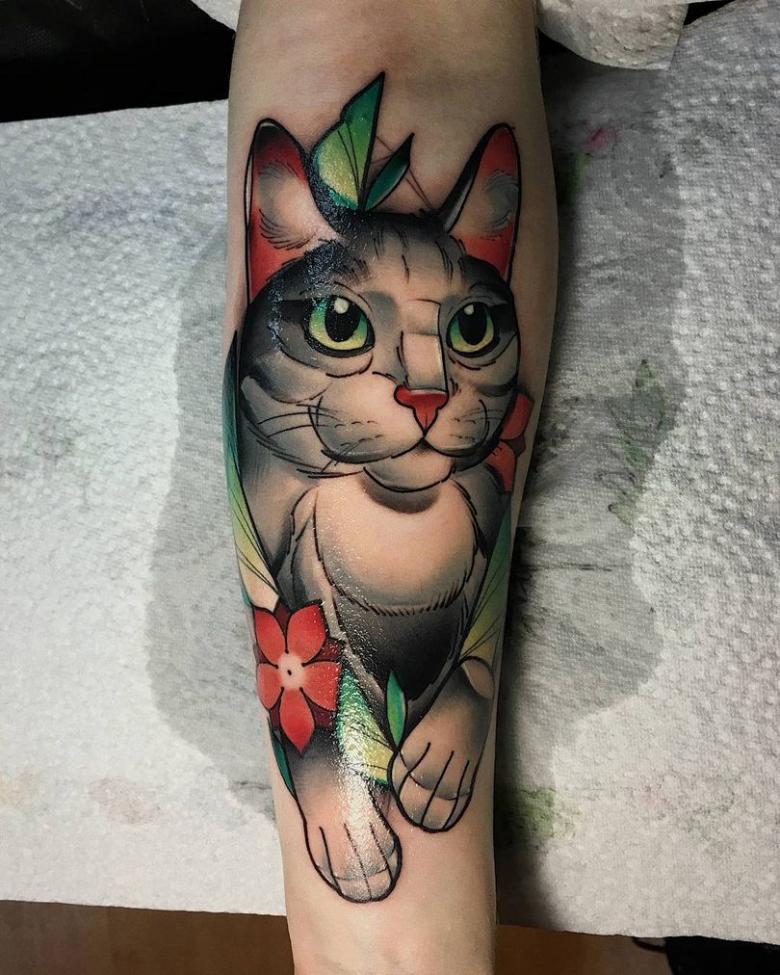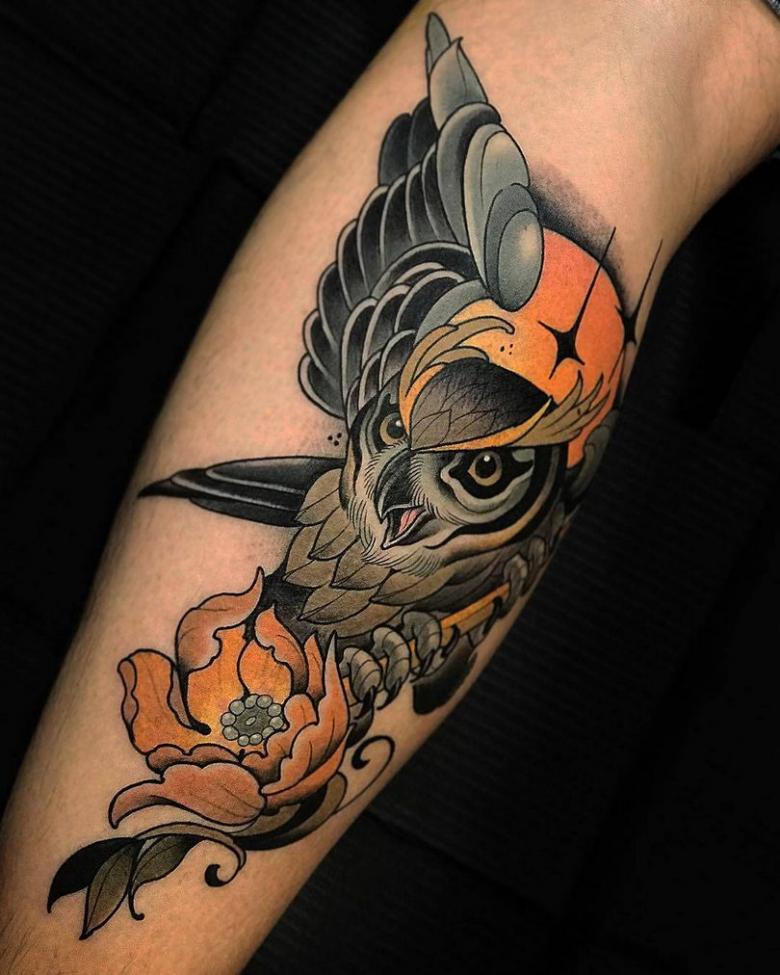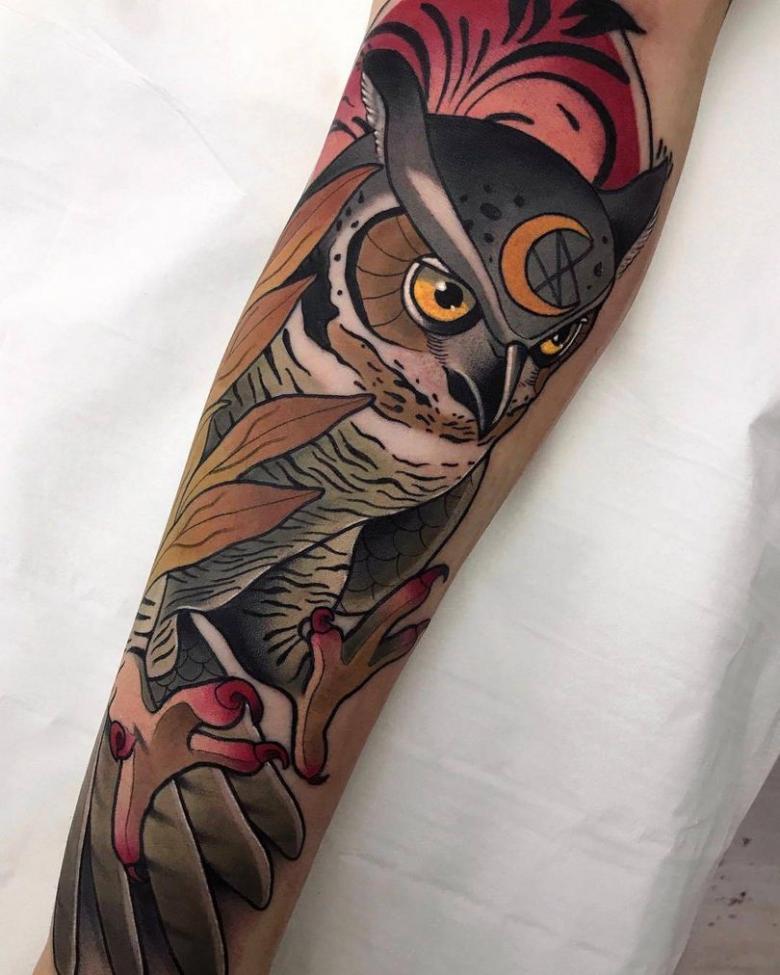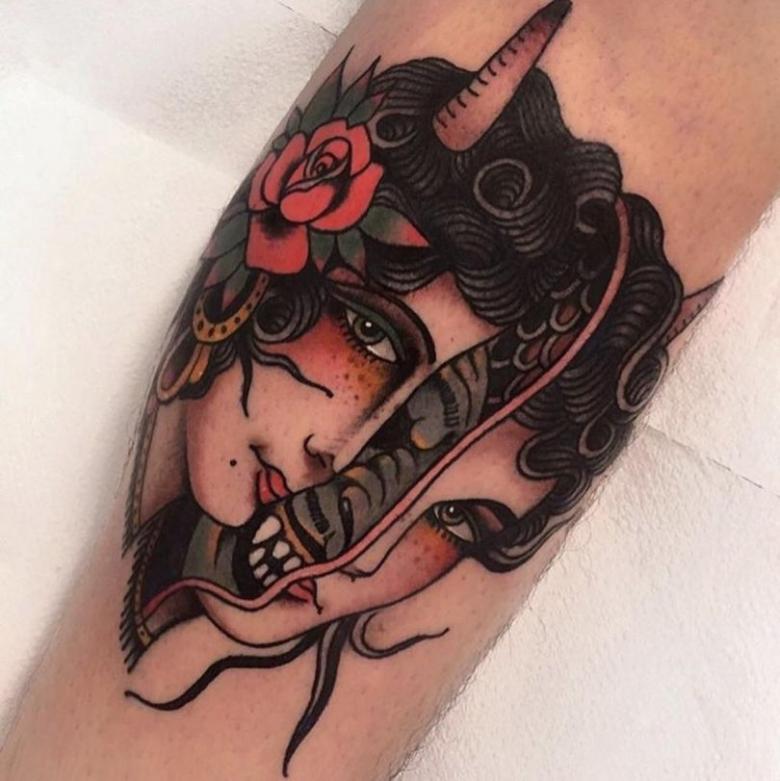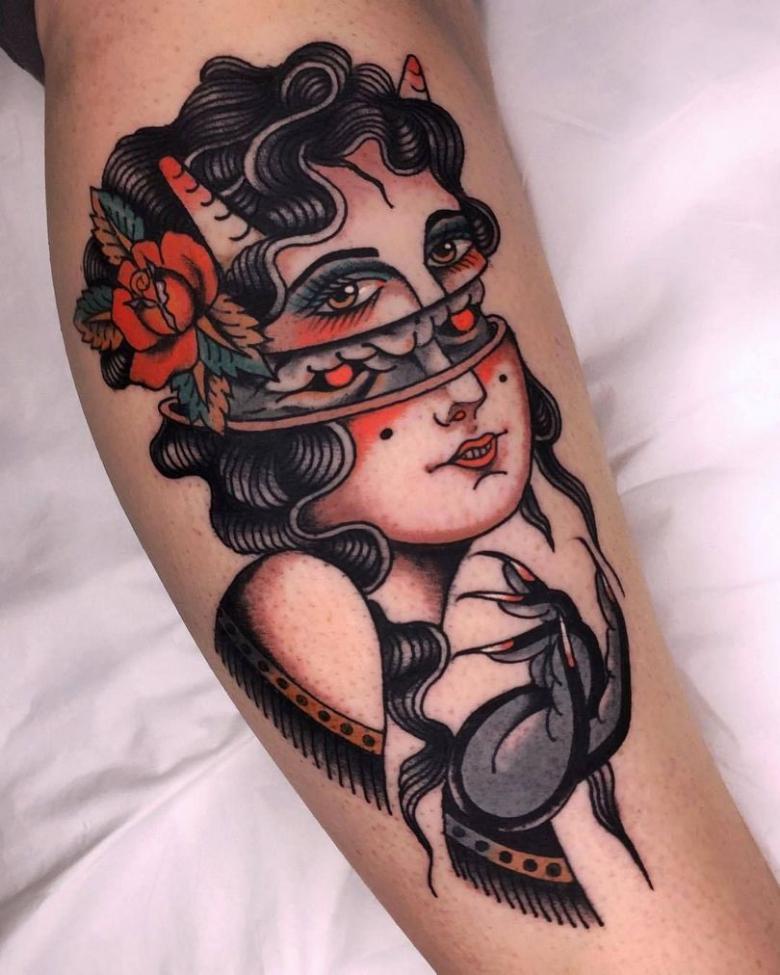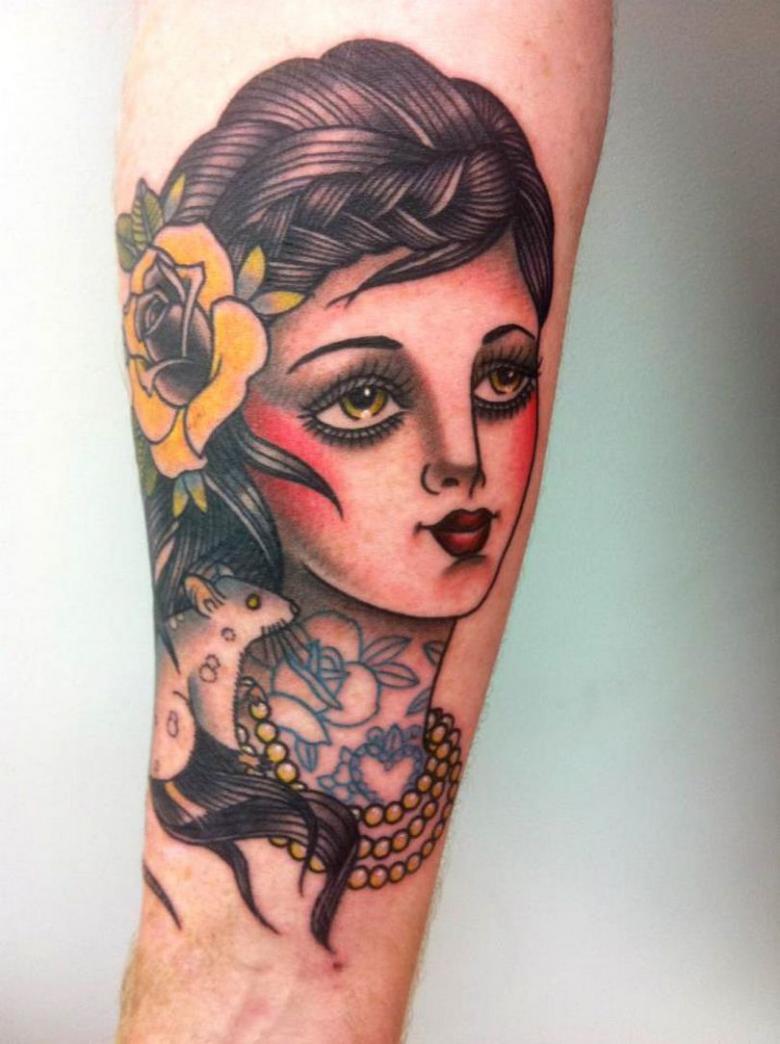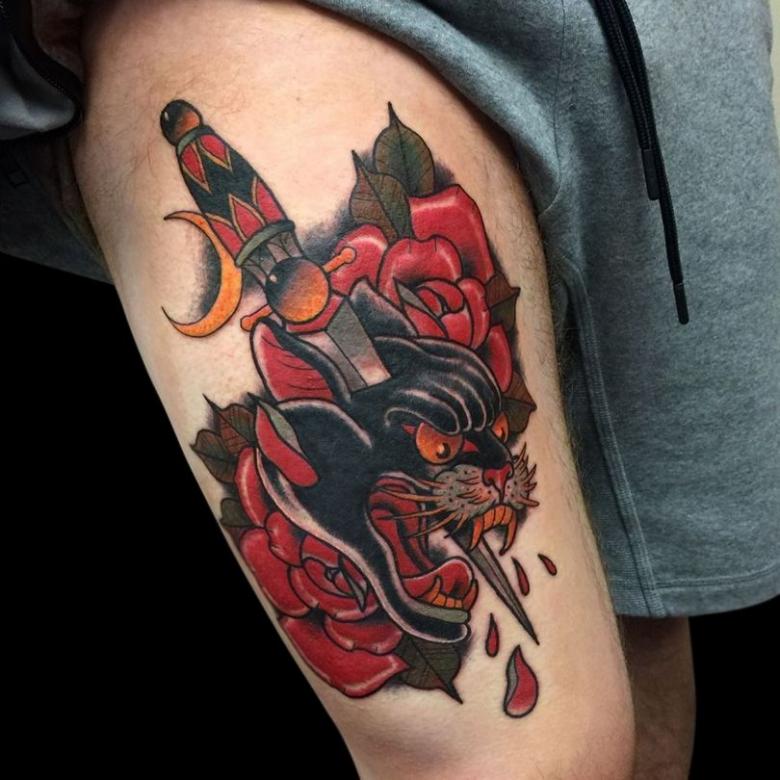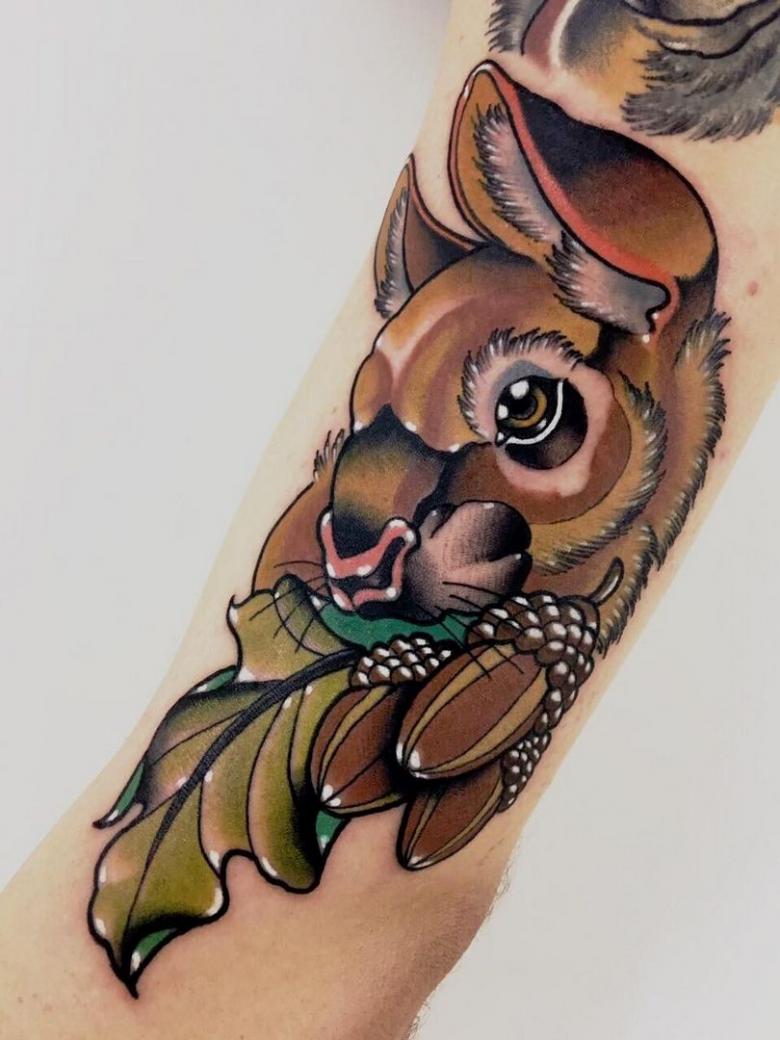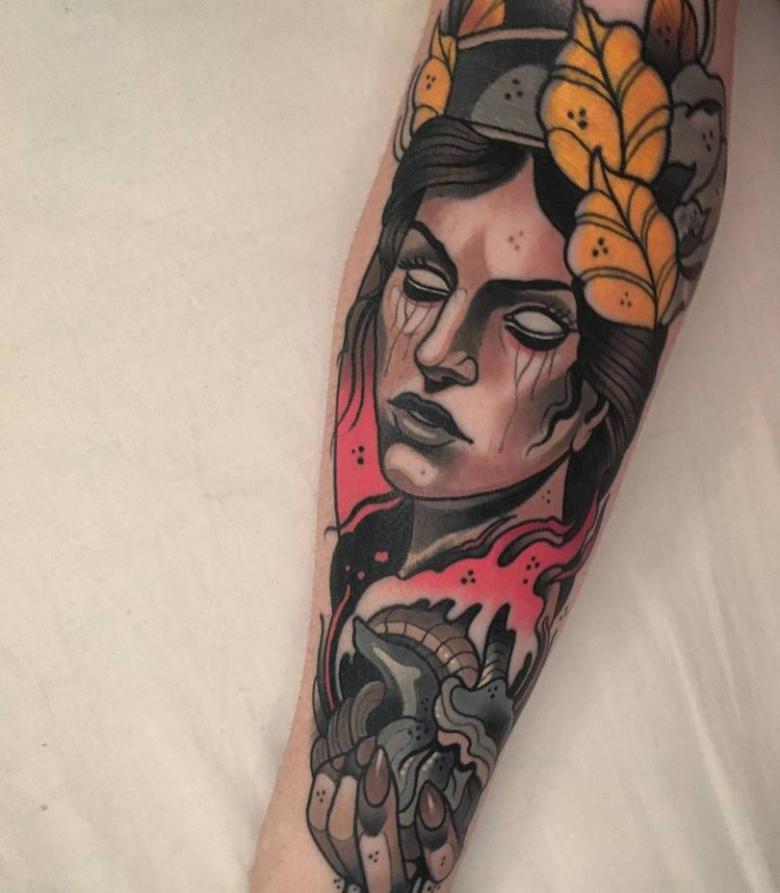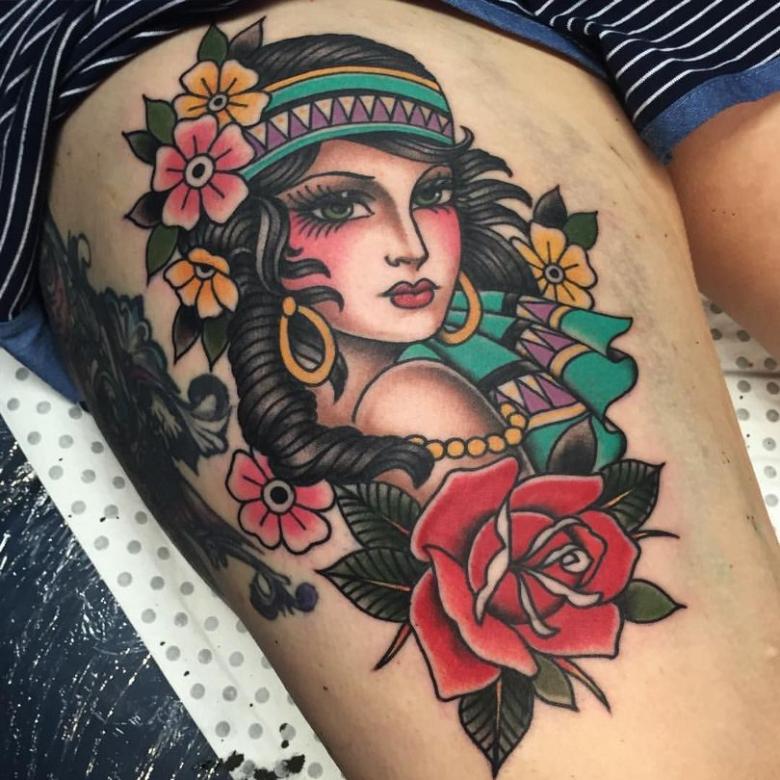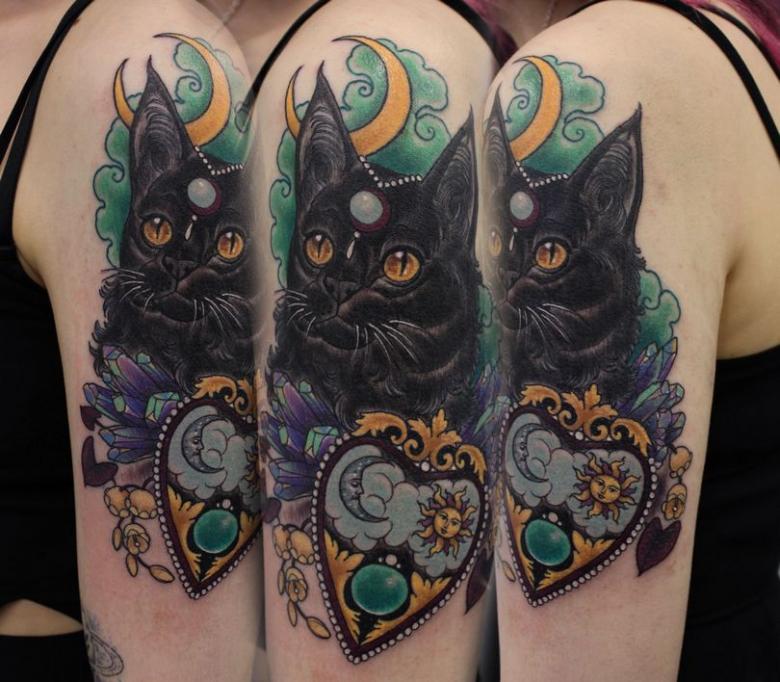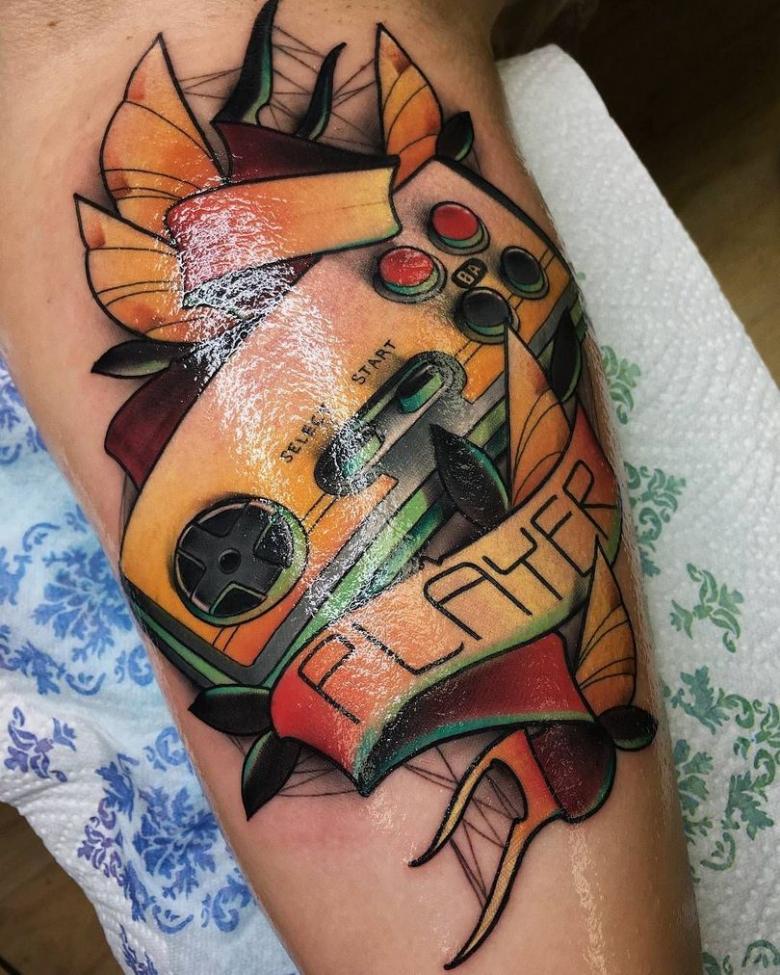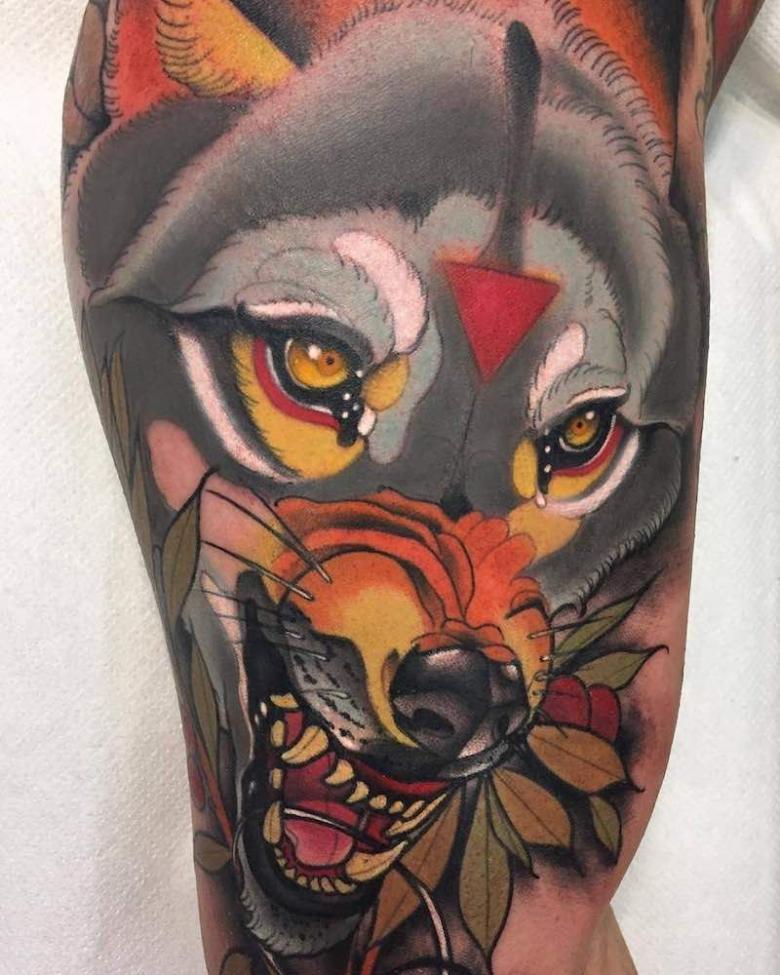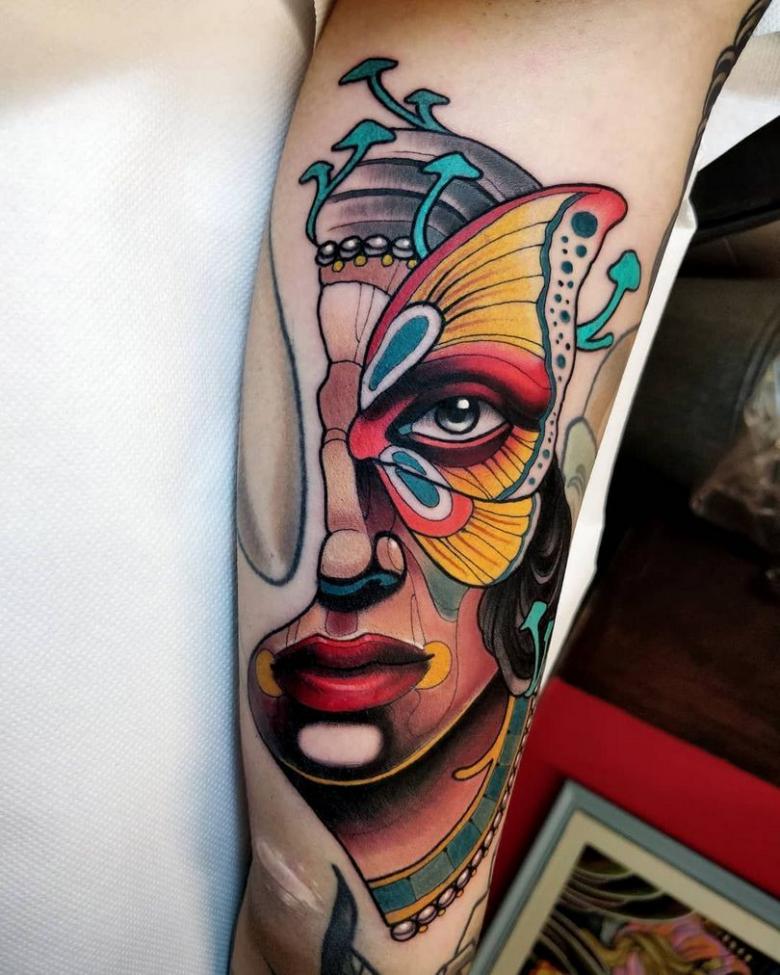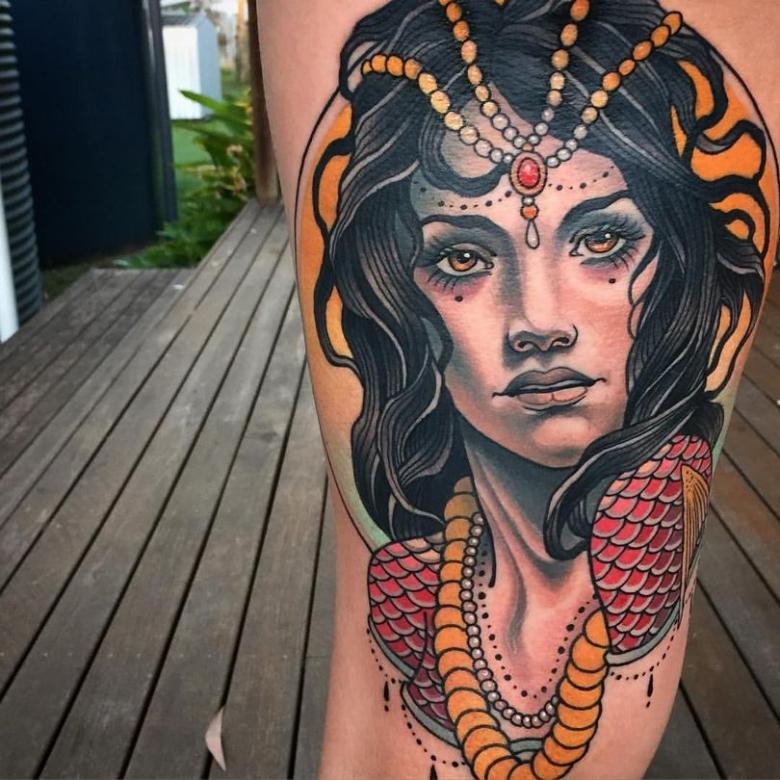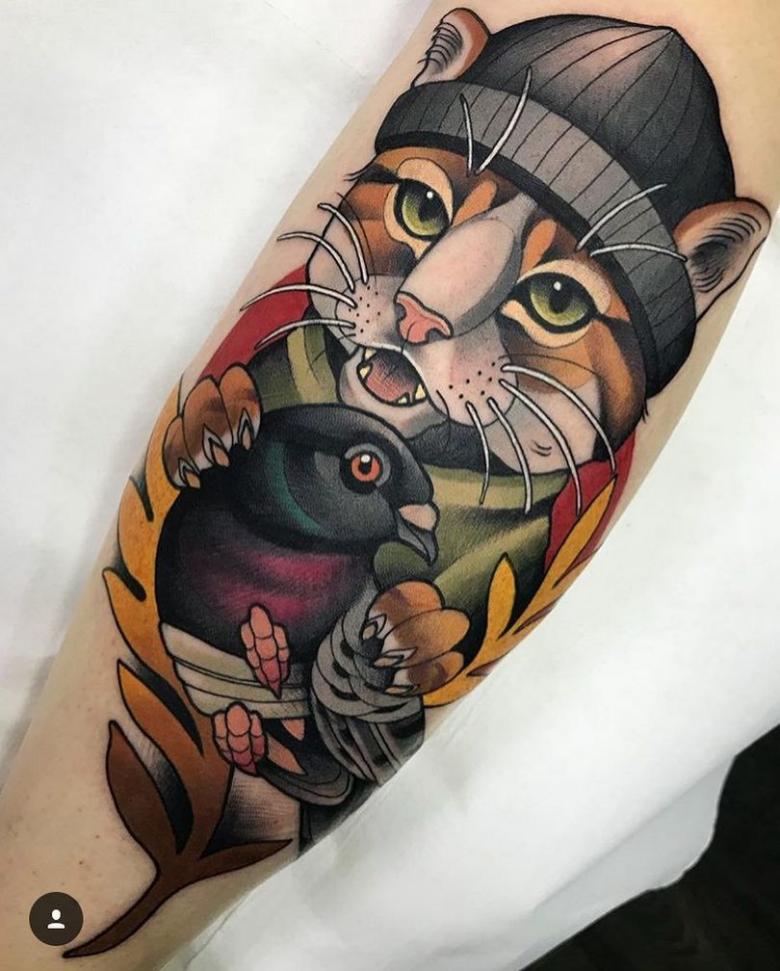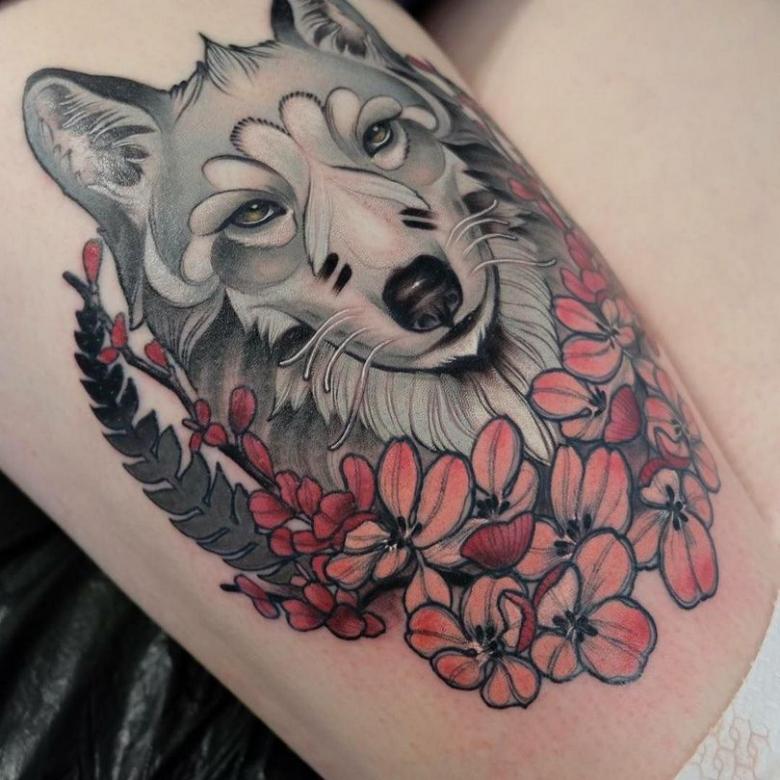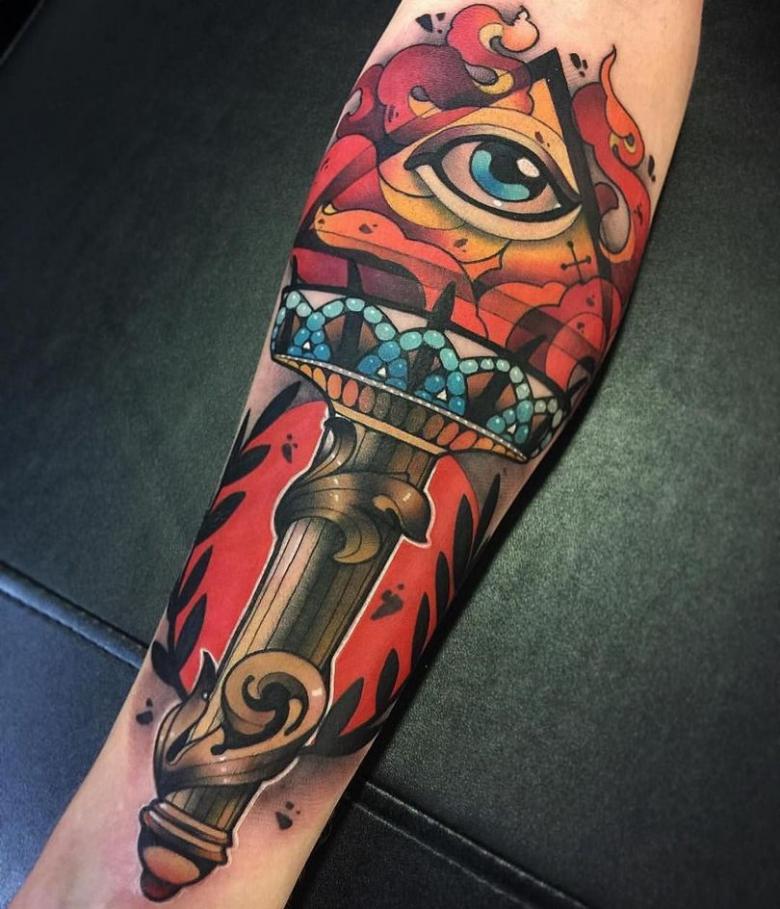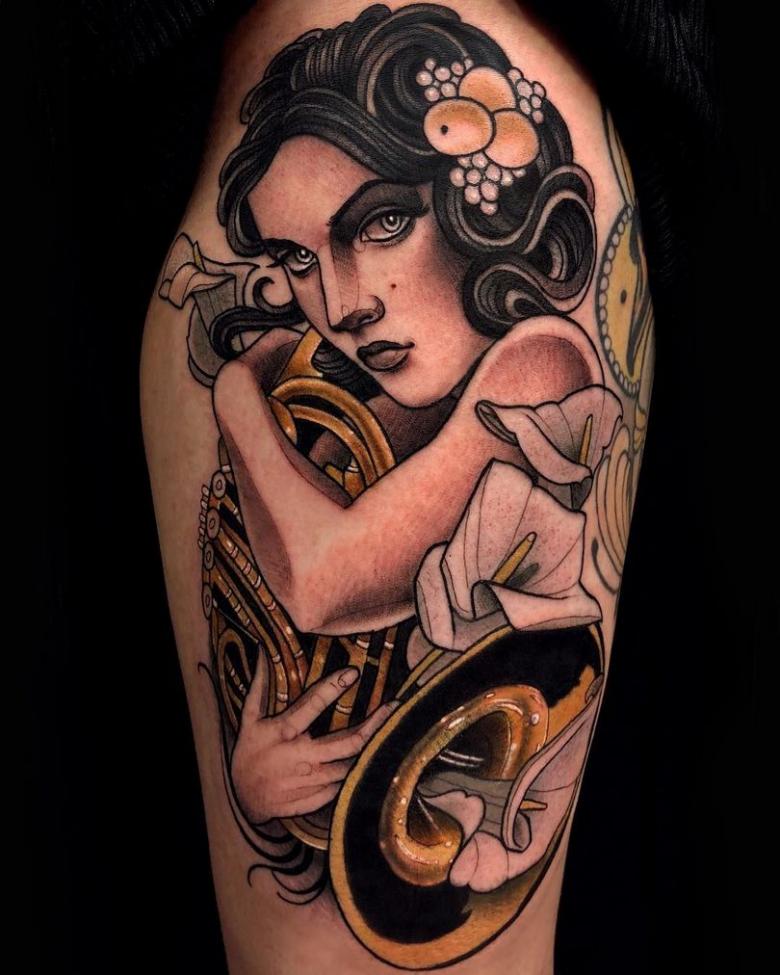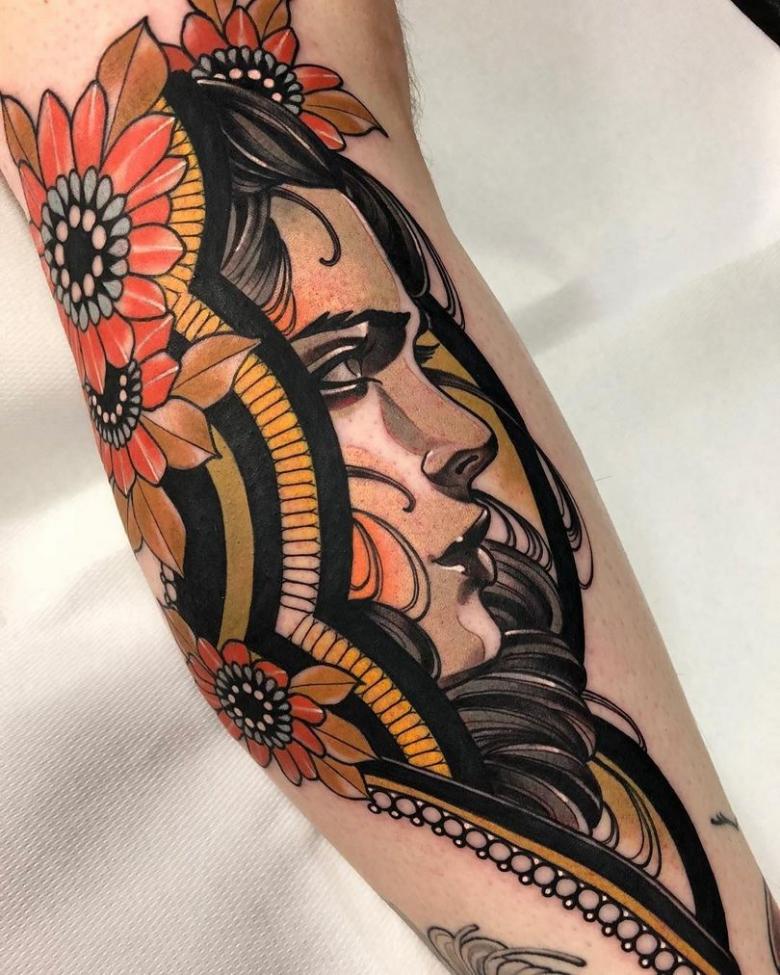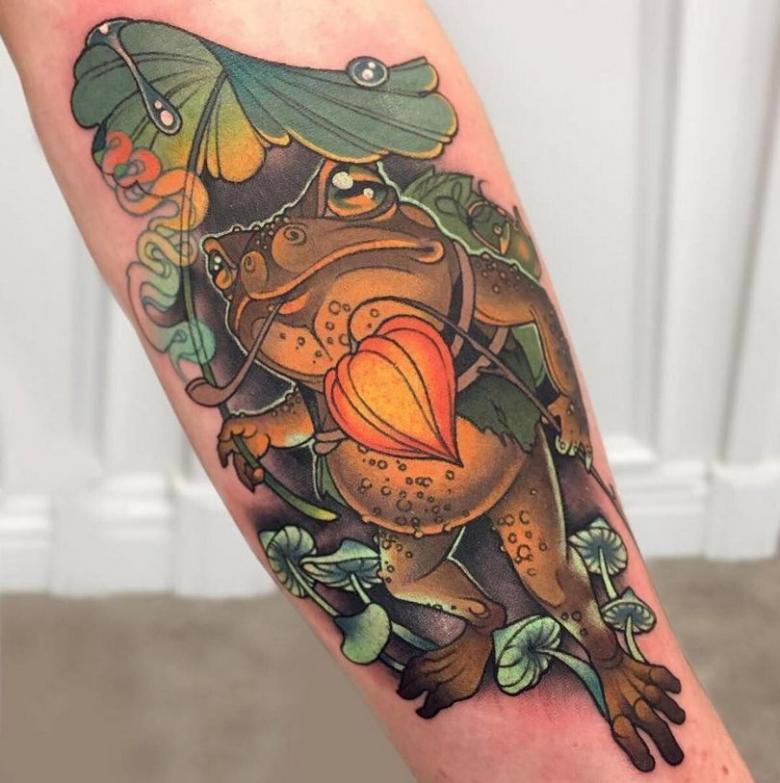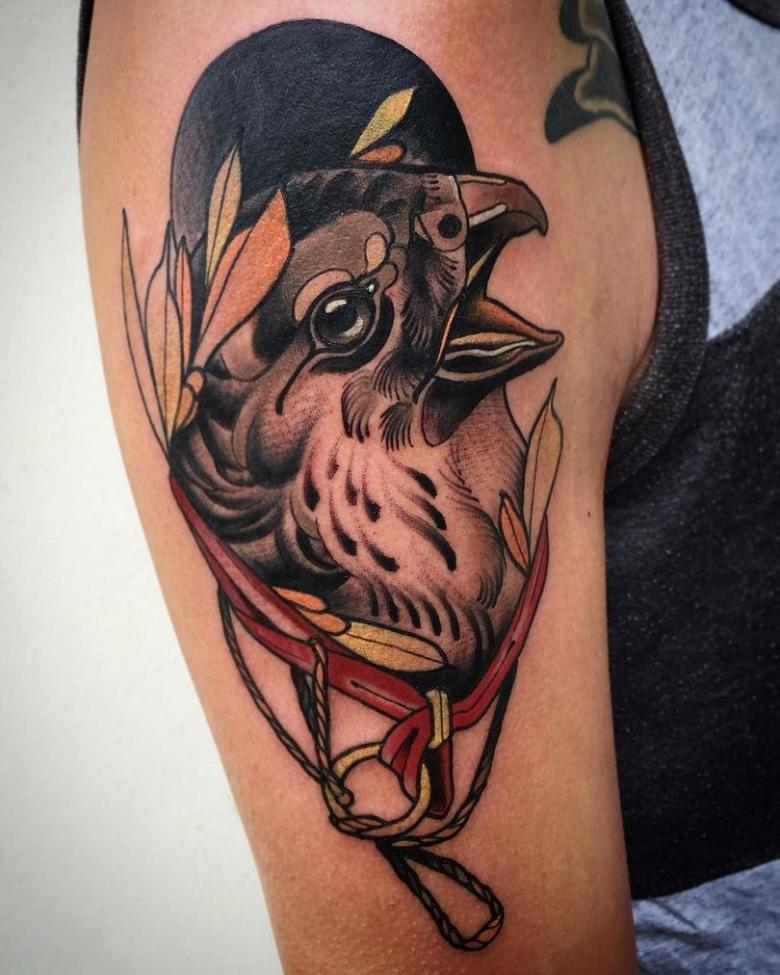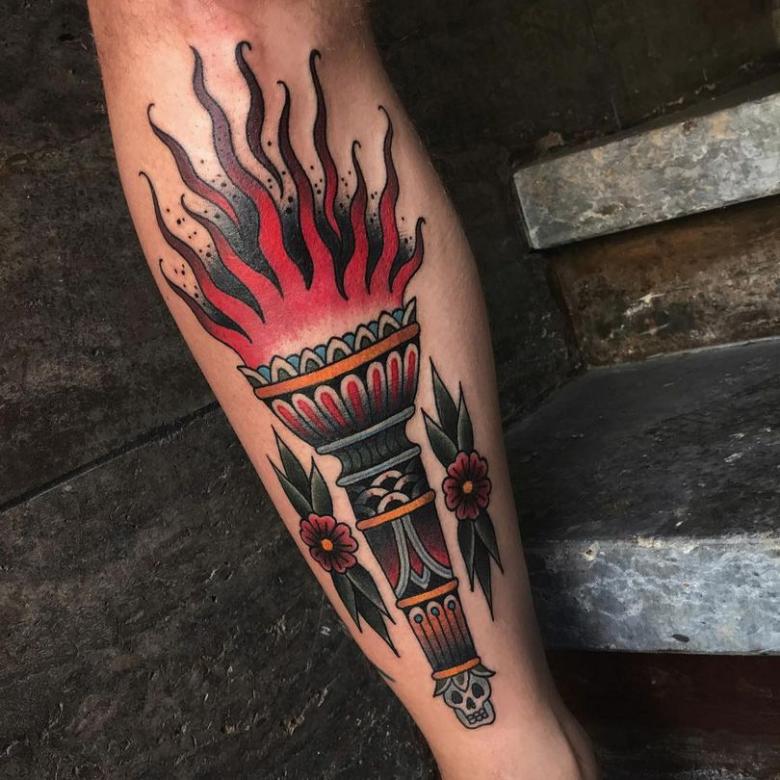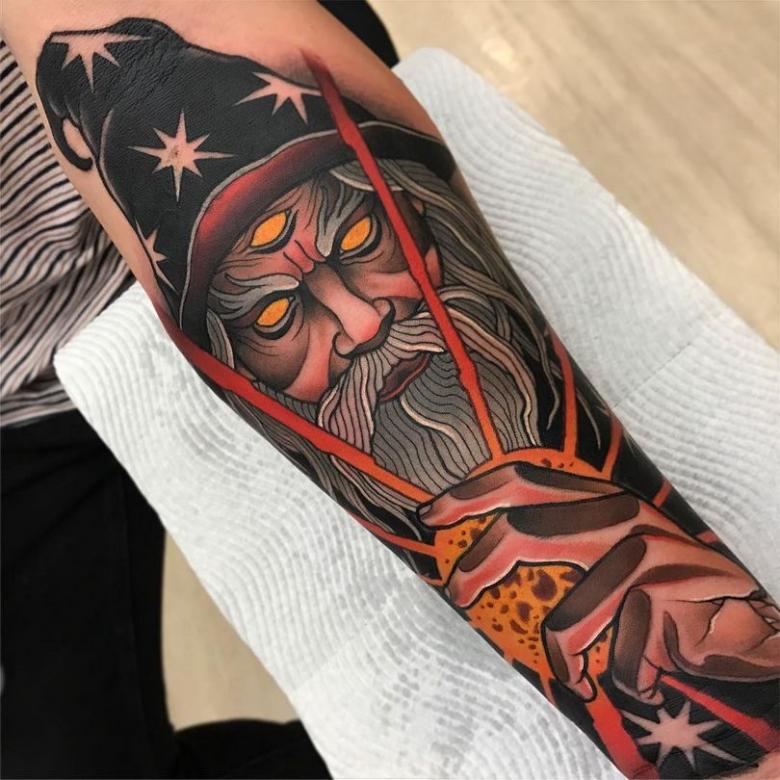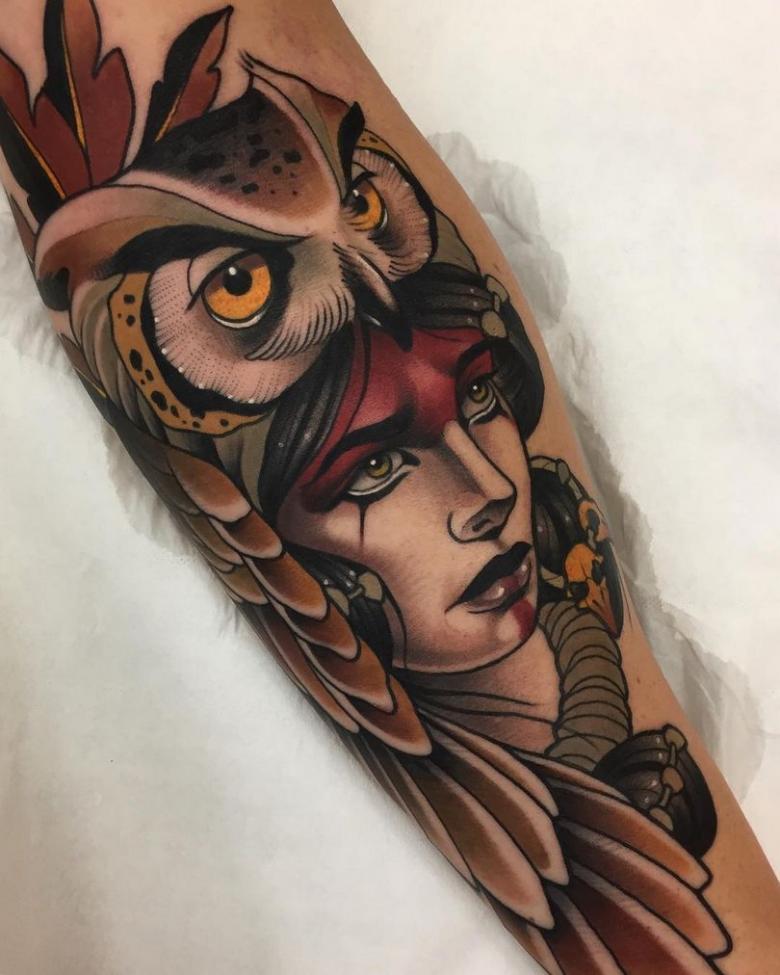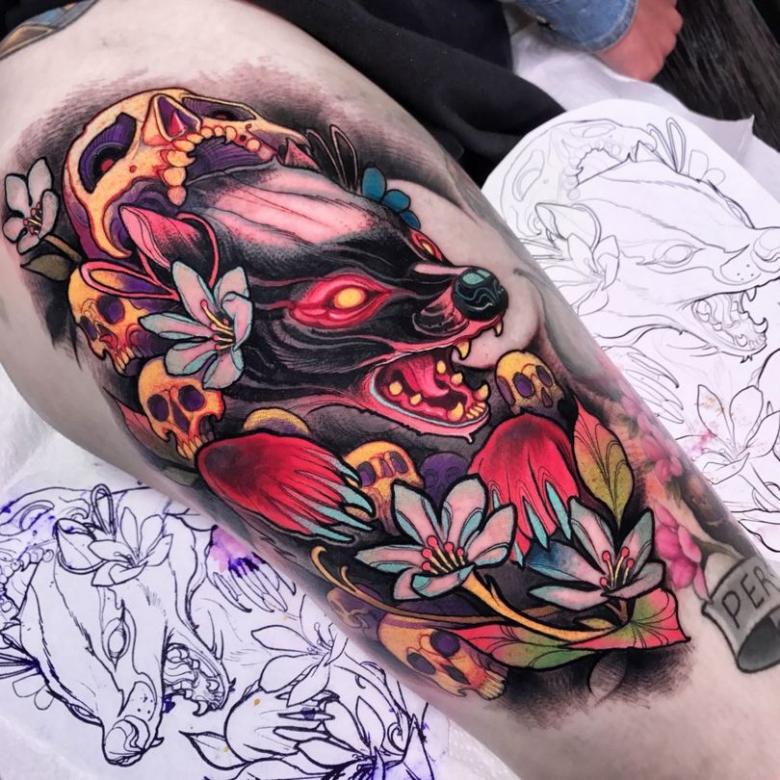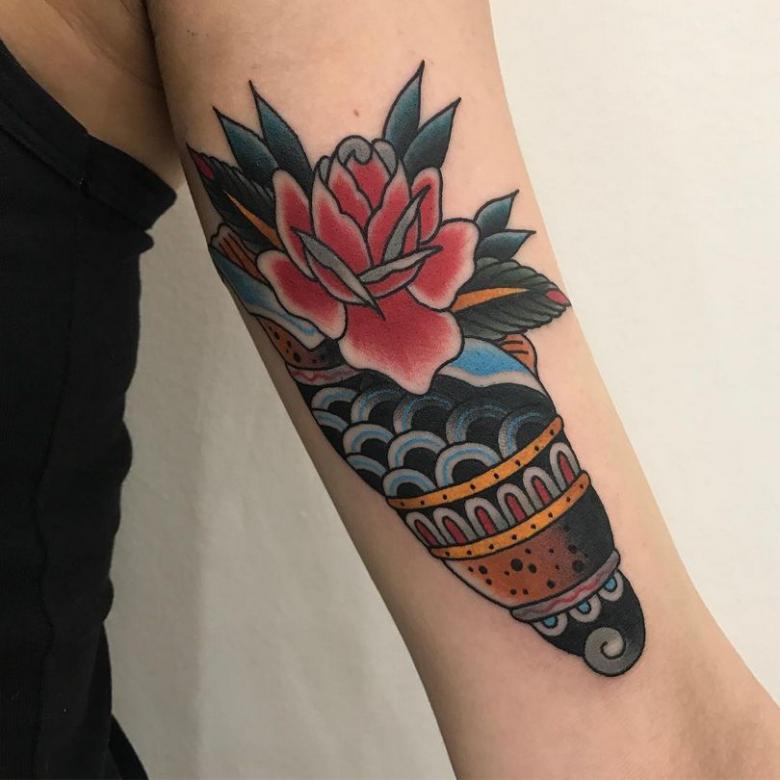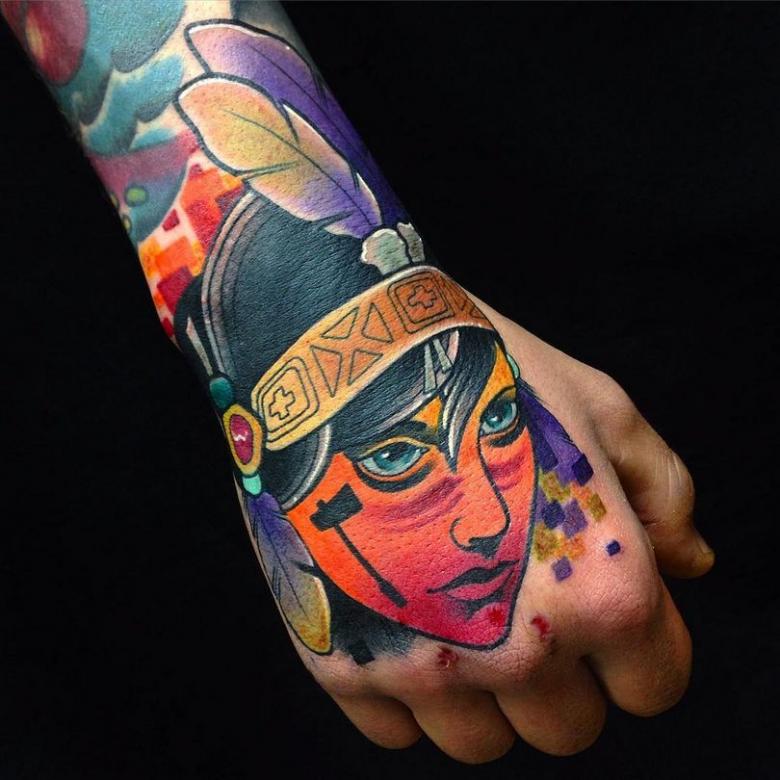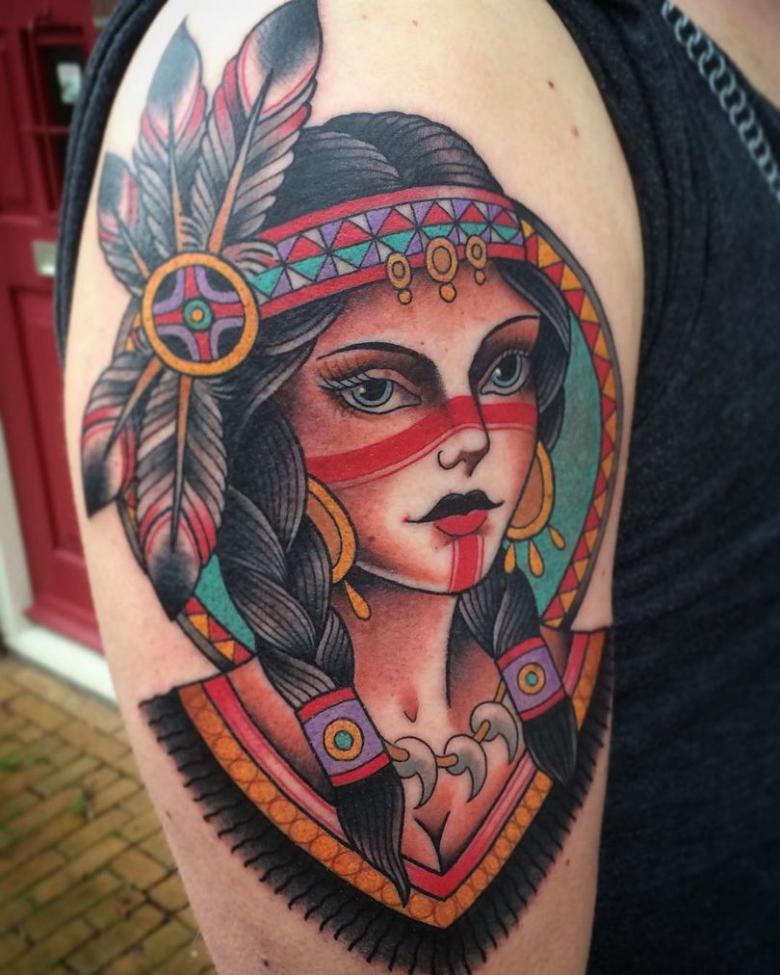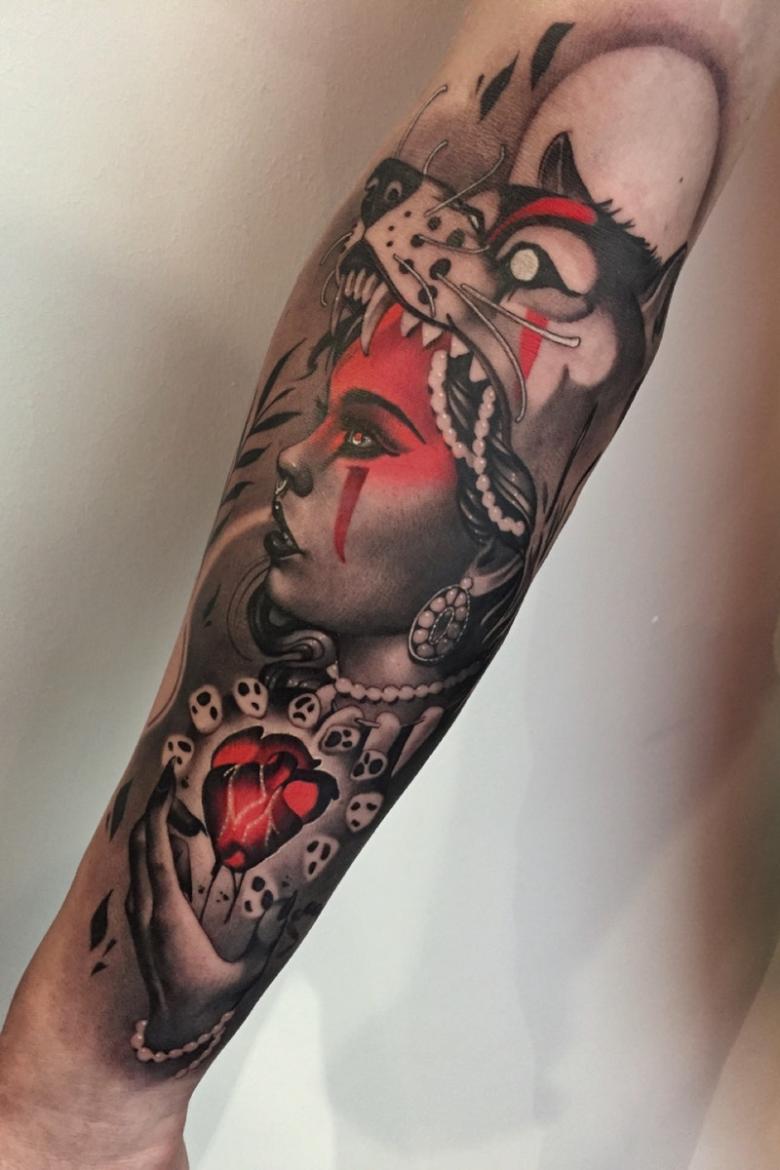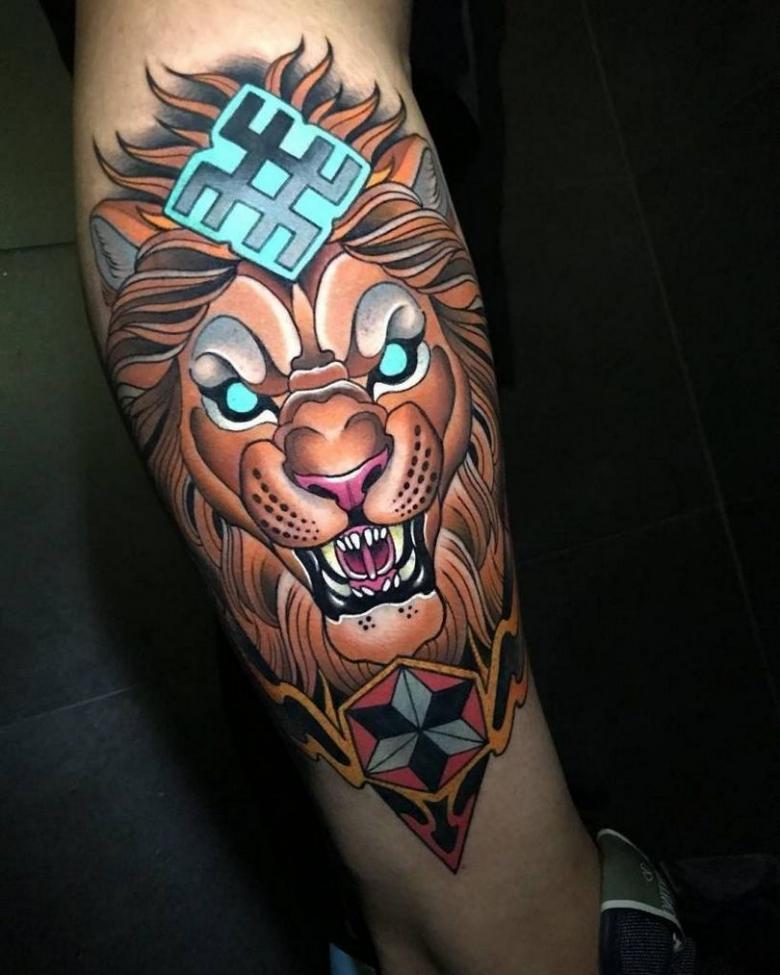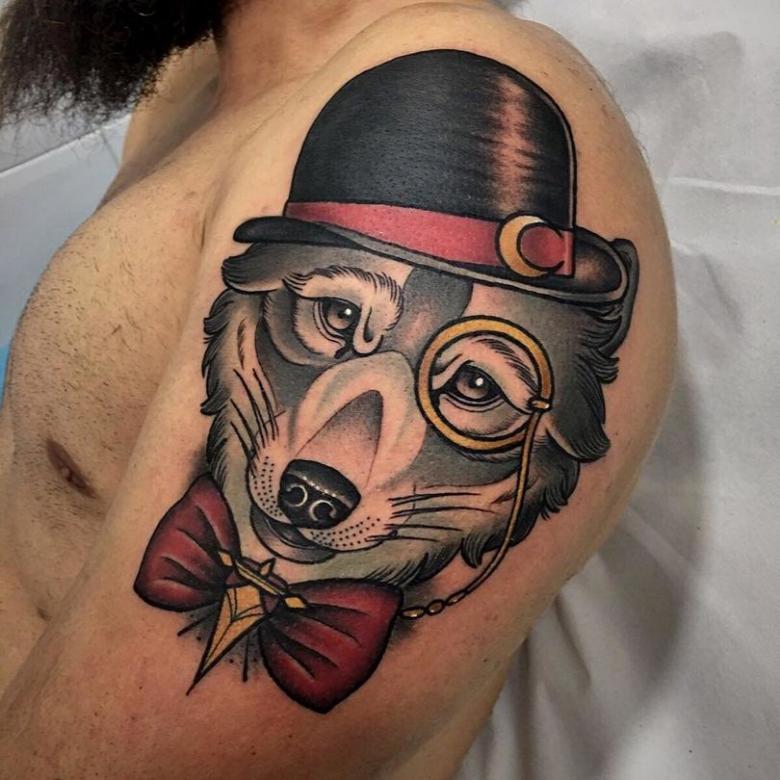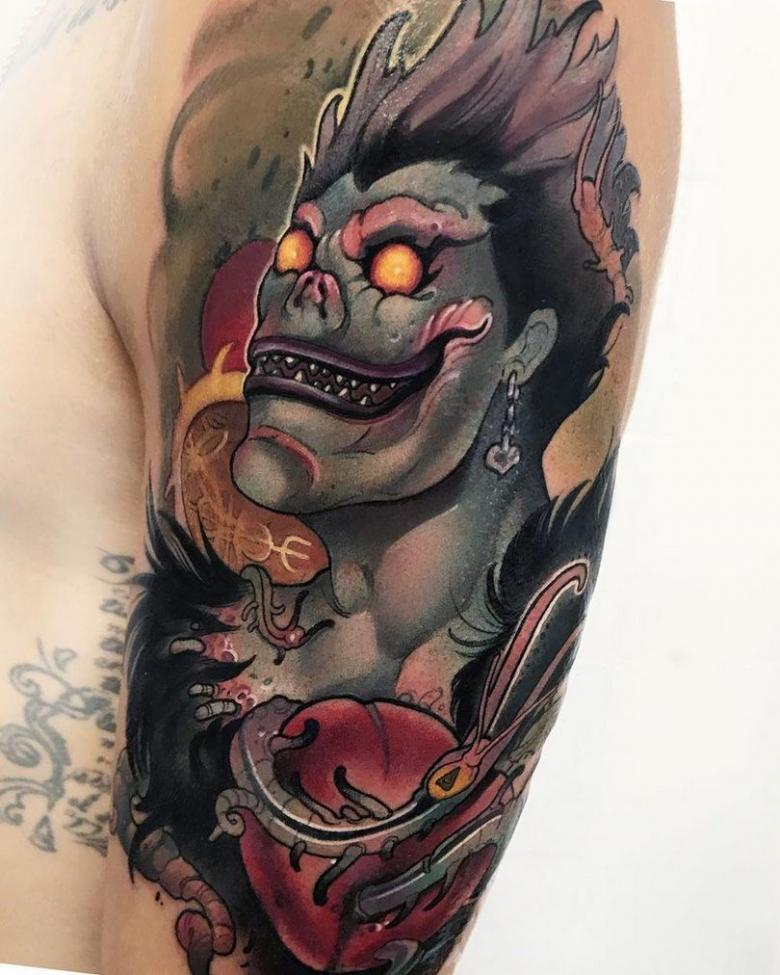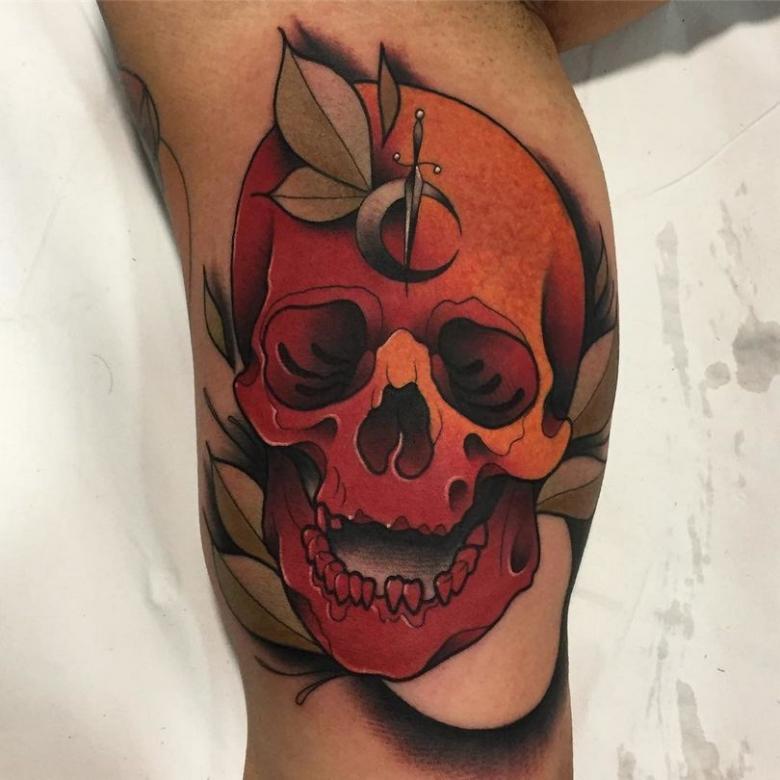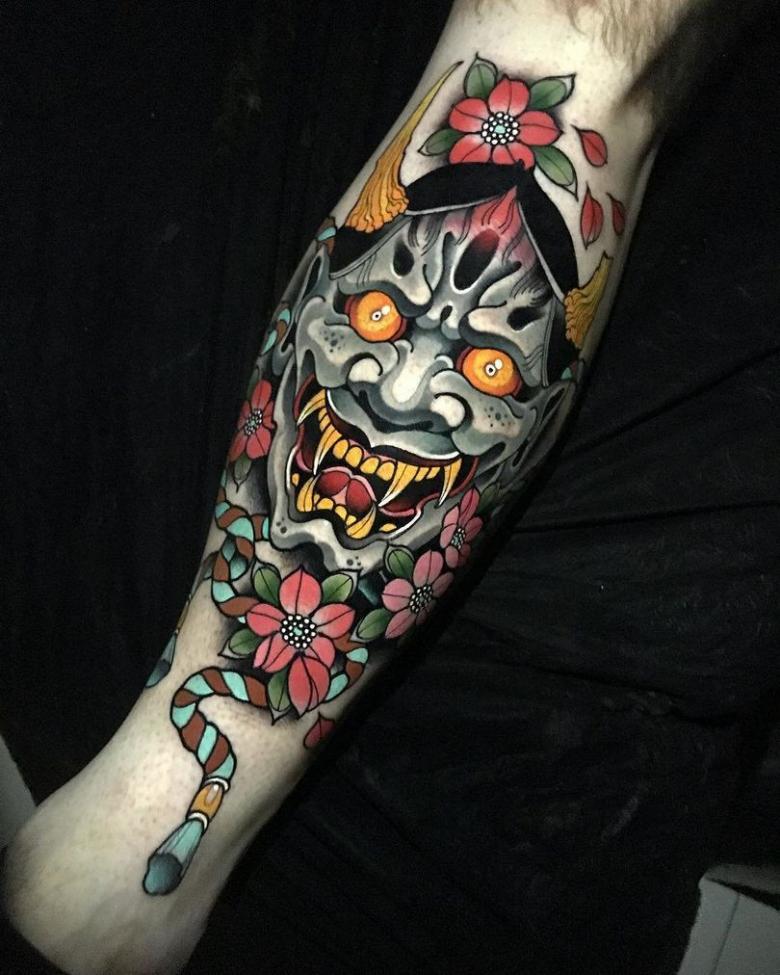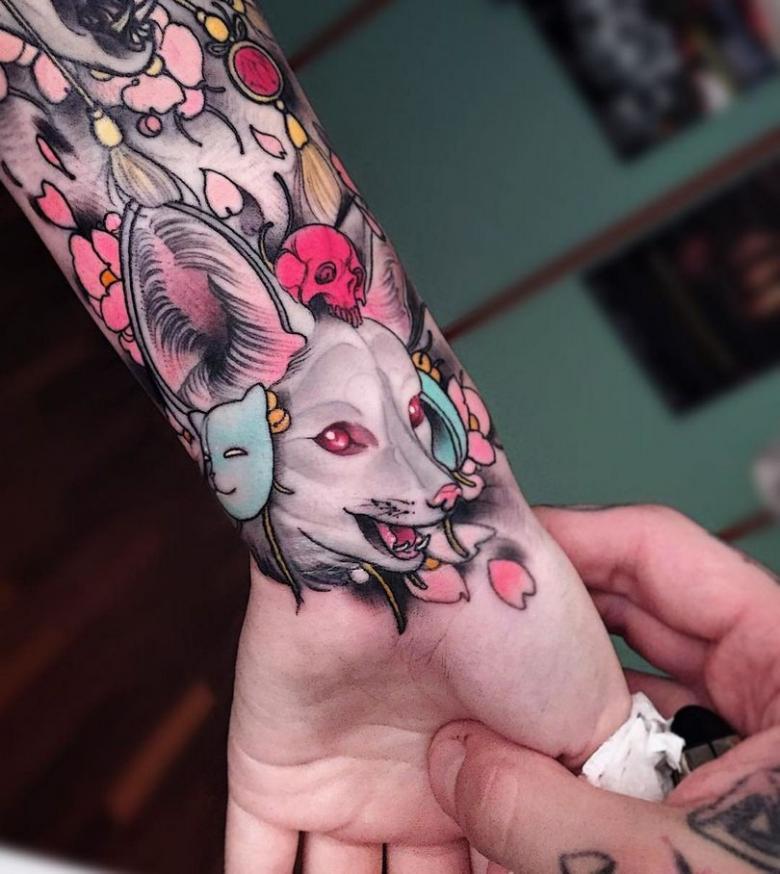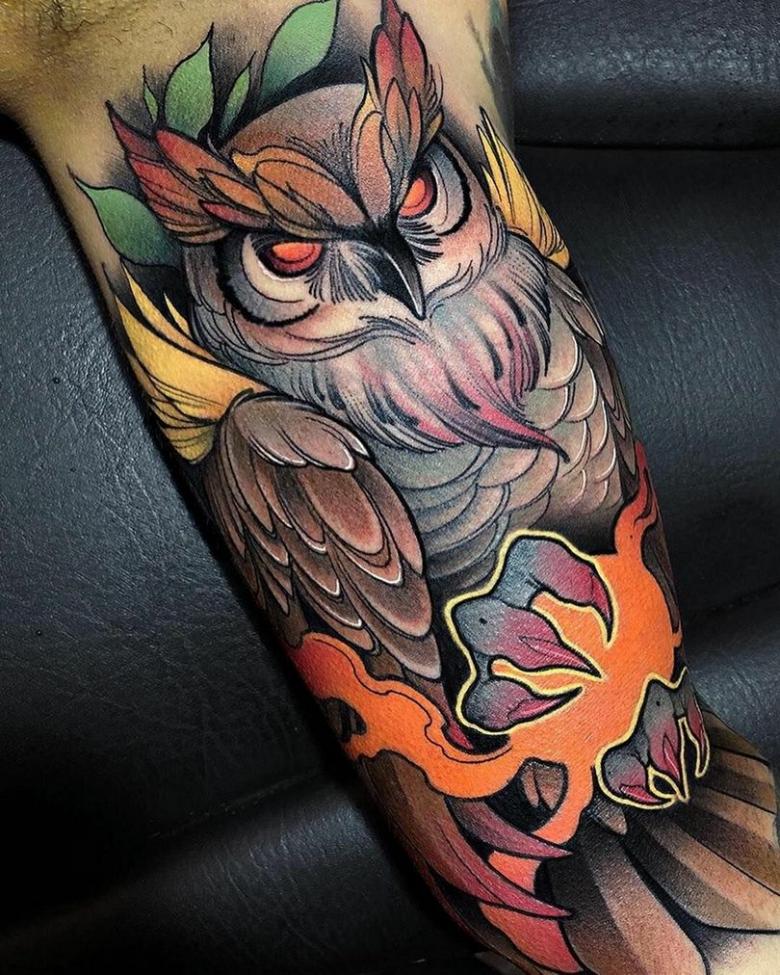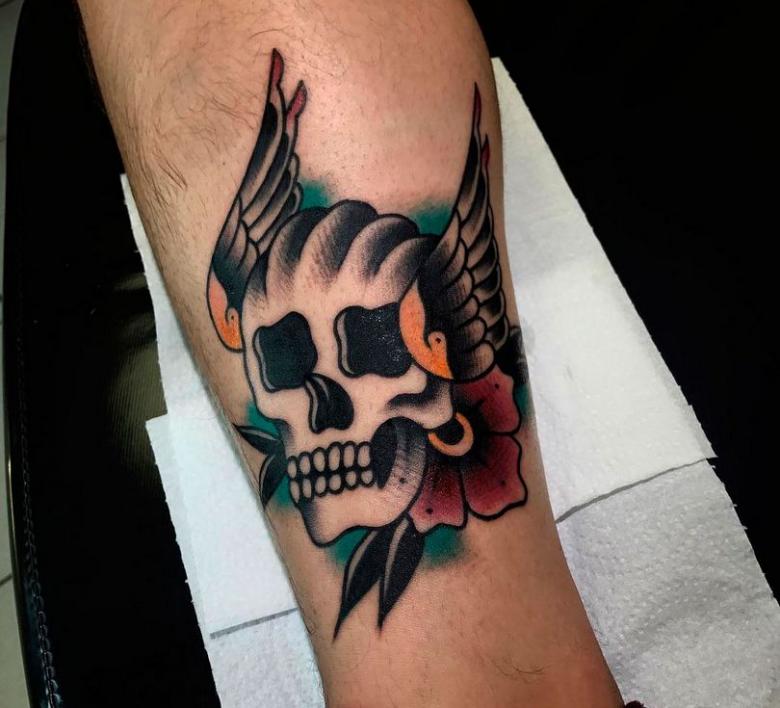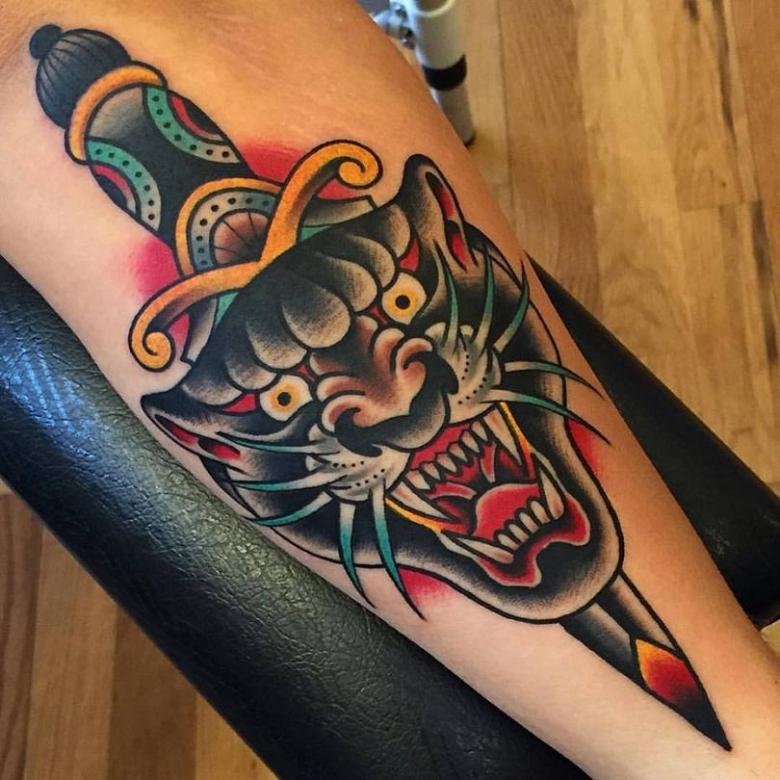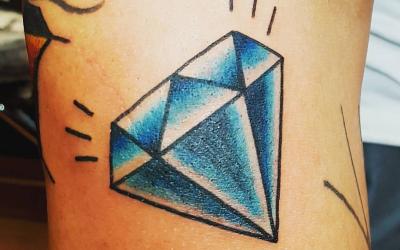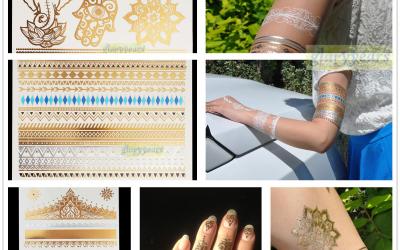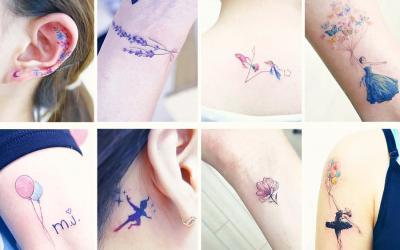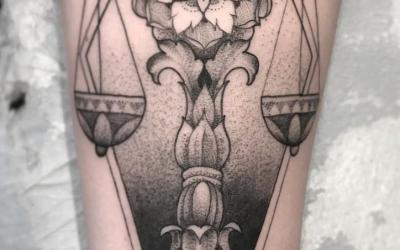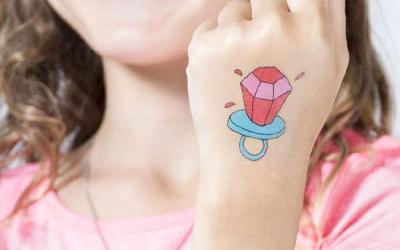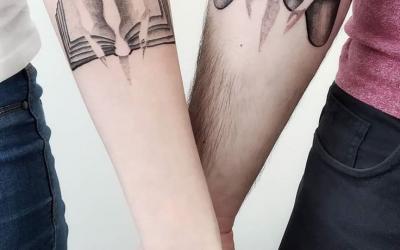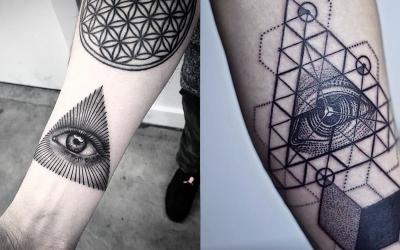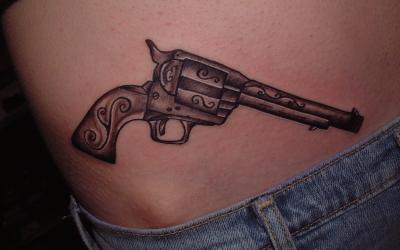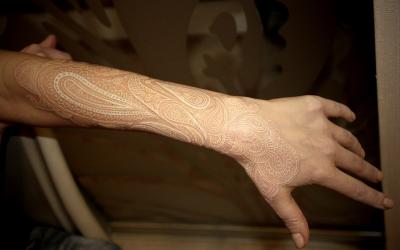Tattooattoo the traditional - a full description of the style, sketches for men and girls, where to apply, interesting photos
Tattooing is part artistic movement, part social phenomenon-the United States has created its own style.
History of traditional tattooing
While most tattoos on ancient mummies are simple abstract lines, dots, and shapes, the Ukok Princess, a 2,500 year old mummy, contains an incredible collection of ink that is very similar to modern tattoos.
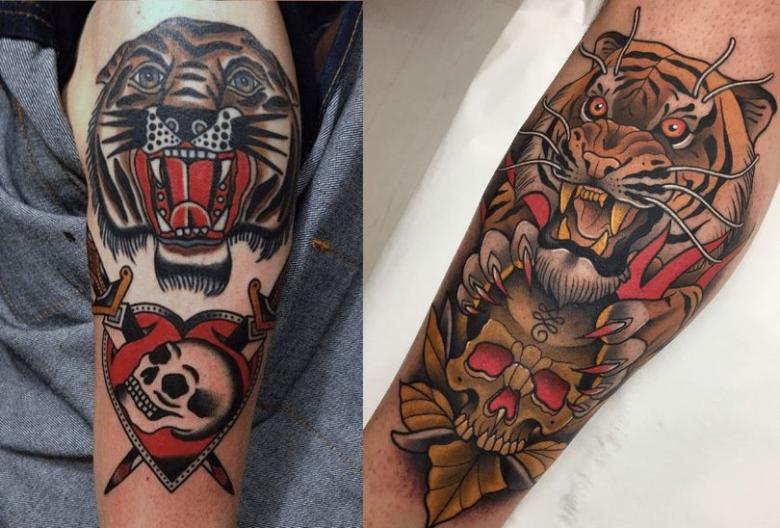
This particular mummy was found in southern Siberia and is a great reminder of the cross-cultural aspects of tattooing. It is safe to say that every continent at one time had its own tattoo practice, which has influenced this art form in many ways.

Of course, tribes all over the globe practiced tattooing, and while Polynesian tattoos are said to have been the ultimate roots of traditional tattooing, there are other origins to consider.
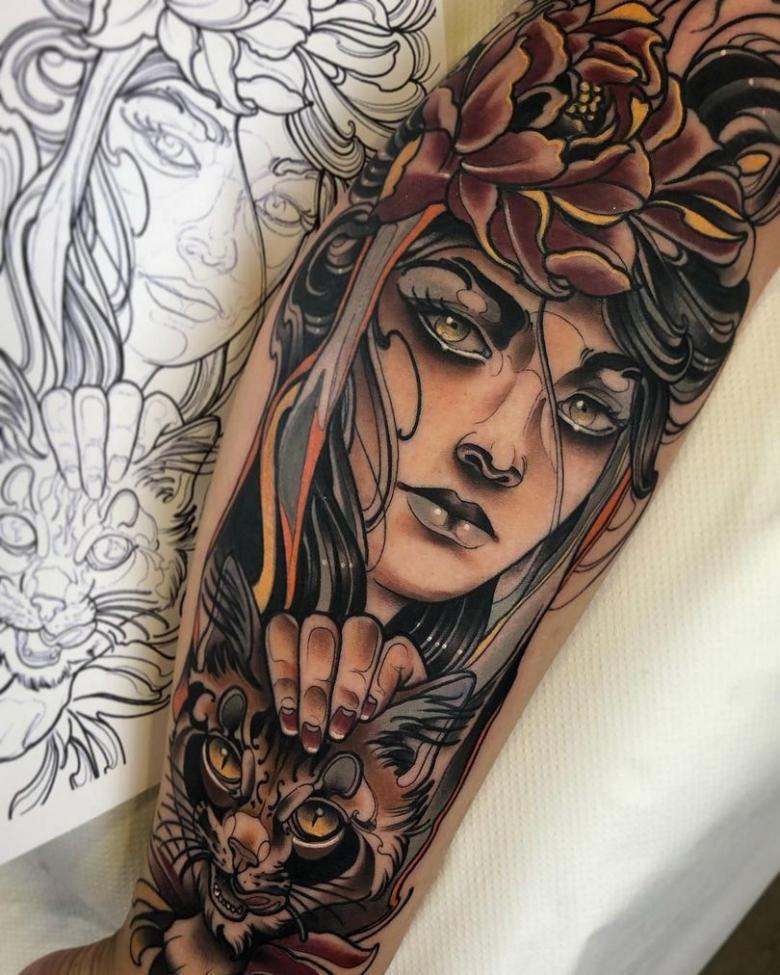
Although many sources claim that the findings of Captain Cook and his crew helped spread tattooing to the Western world, tattoo historian Anne Felicity Friedman has researched the historical accuracy of this and supports a different idea. She argues " a look at texts prior to the mid-eighteenth century shows that many authors, researchers, scientists, etc. were well acquainted with the practice of permanently marking the body with a substance embedded under the skin.
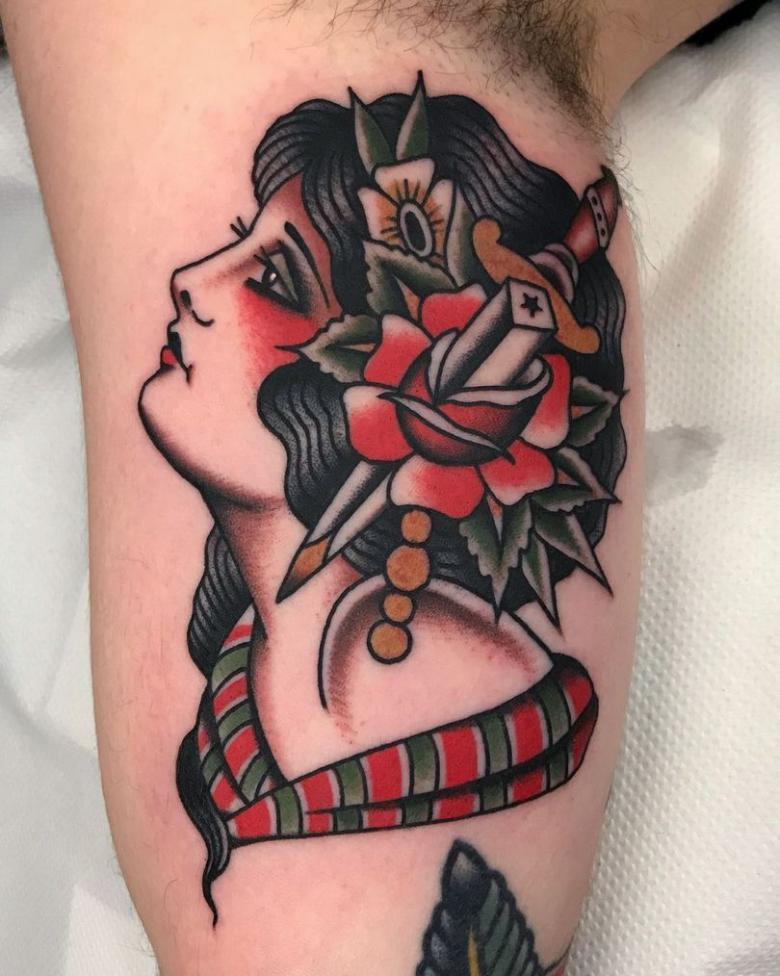
For example, one of Cook's contemporaries, explorer Charles Pierre Claret de Fleurier, describing the Marquis tattoo he saw in 1791, noted the similarity and contrast with the European tattoo.

It was not only widespread, but of great antiquity: "we would be mistaken to suppose that tattooing was peculiar to half savage peoples; we see it practiced by civilized Europeans; from time immemorial the sailors of the Mediterranean-Catalonians, French, Italians and Maltese-have known the custom and ways of putting on their skin indelible figures of crucifixes, Madonnas or writing on it their own name and that of their mistress.
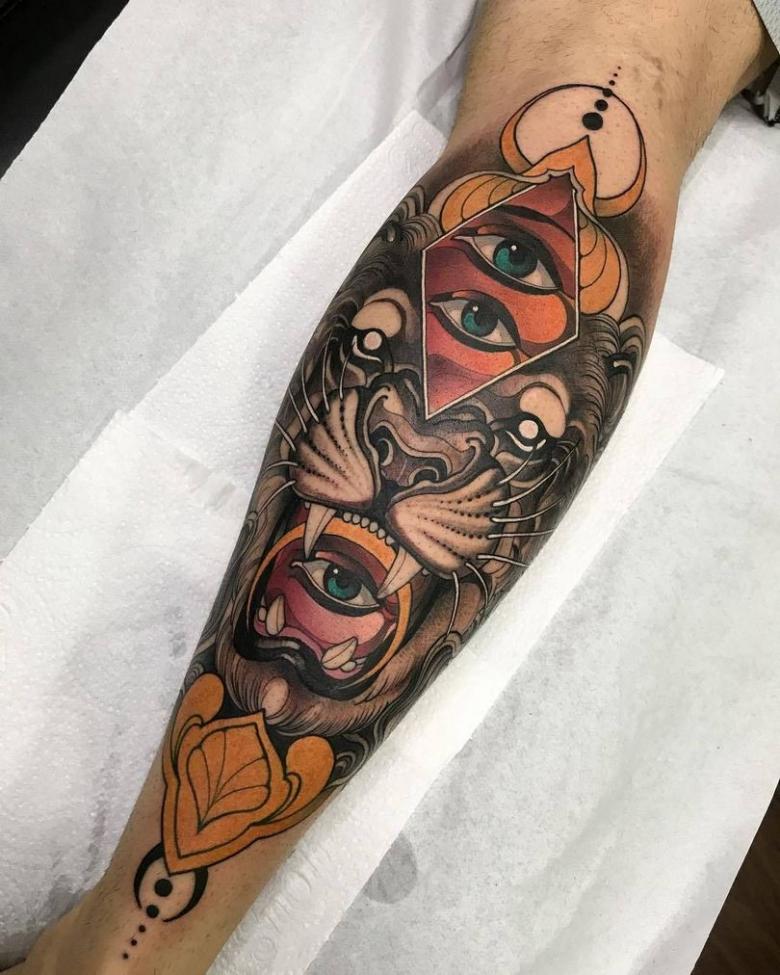
"Even earlier than de Fleurier described, there were prints by John Simon, who depicted Indians with full-body tattoos. As described by the official New York City guidebook, "titled 'Four Indian Kings,' the set of images depicts three members of the Mohawk tribe and one member of the Mahickan tribe before they traveled from New York to England to meet Queen Anne."
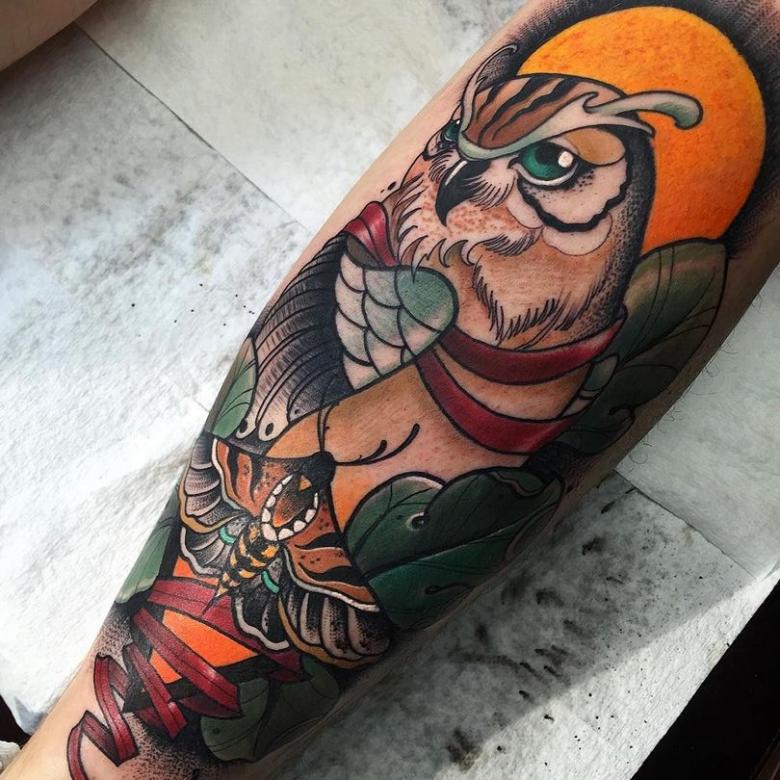
Traditional tattooing, like all other styles of tattooing, has its basis in the history of many cultures and many countries. But there may be several reasons why traditional Americana has flourished so much.
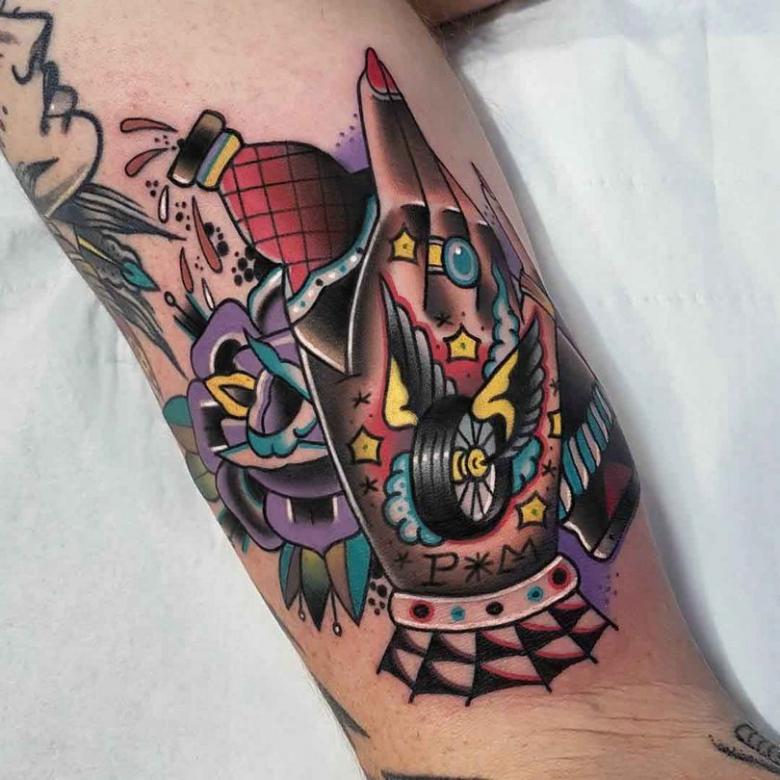
It's true that sailors and soldiers were some of the main suitors; their consistent travel to new lands guaranteed a cross-cultural experience with new styles and ideas. America was involved in major wars, especially after the American Revolution of 1775. Martin Hildebrandt, who is said to have opened New York's first tattoo parlor in 1846, also claimed to have tattooed soldiers of both sides in the American Civil War.
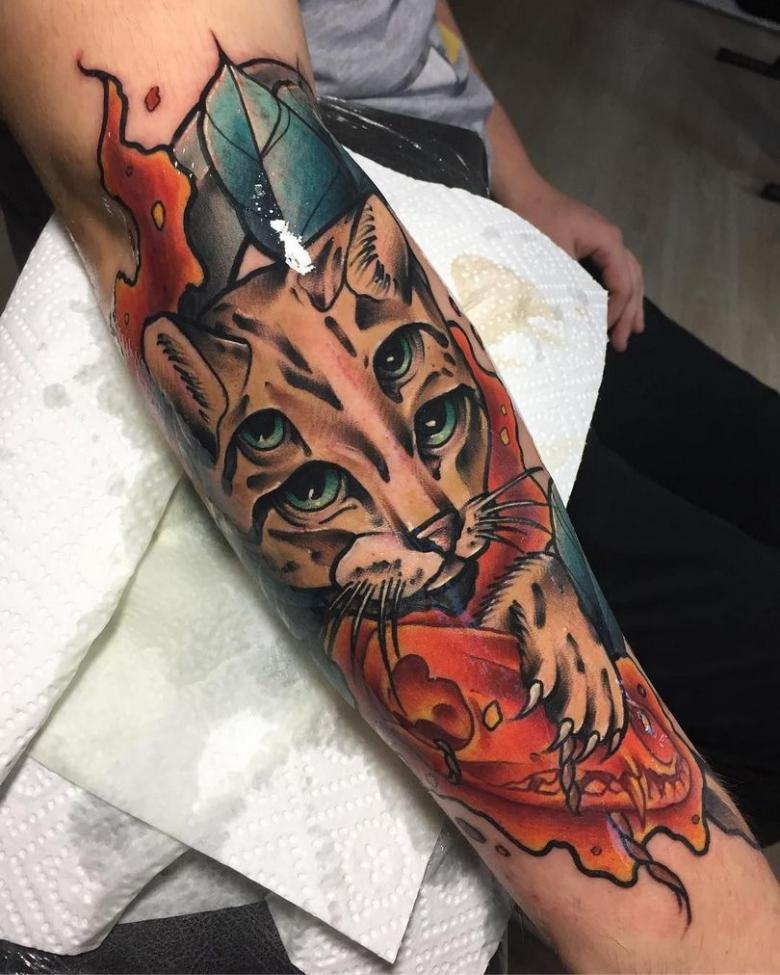
Part of the tradition of getting tattoos by military personnel was not only to wear symbols of protection and to remind them of their loved one, but also to put signs on their bodies to identify them if their lives were lost in war.
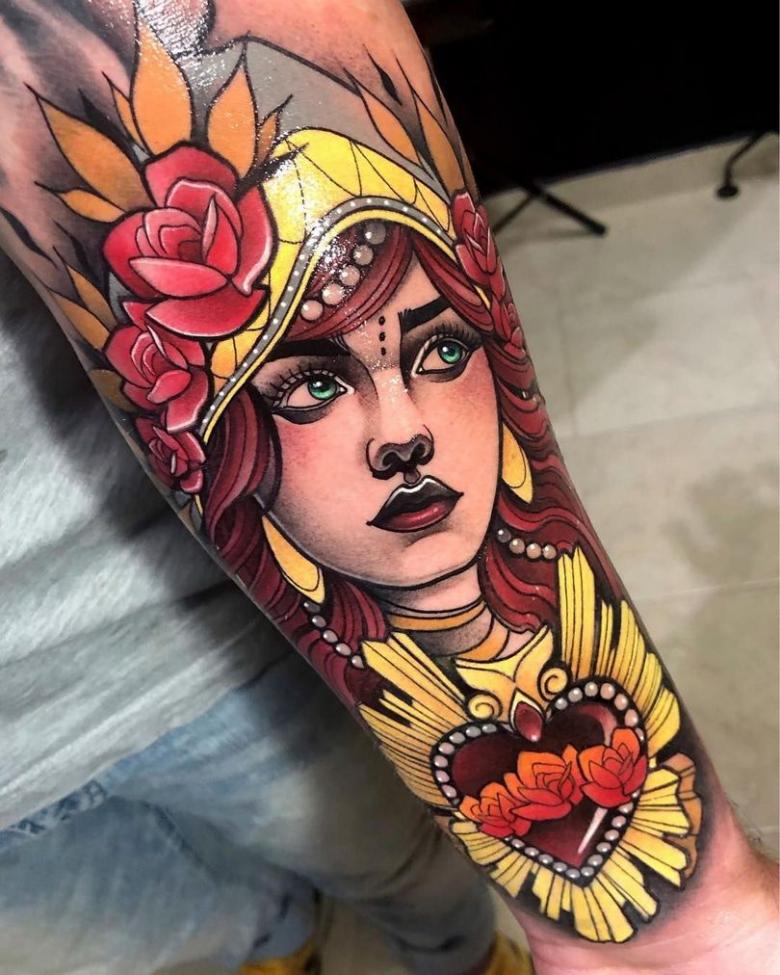
The main subjects of traditional tattoos are
Animals, landscapes, military insignia and uniforms such as stars and hearts all appear in many traditional tattoo design portfolios, and each has a specific meaning associated with it.
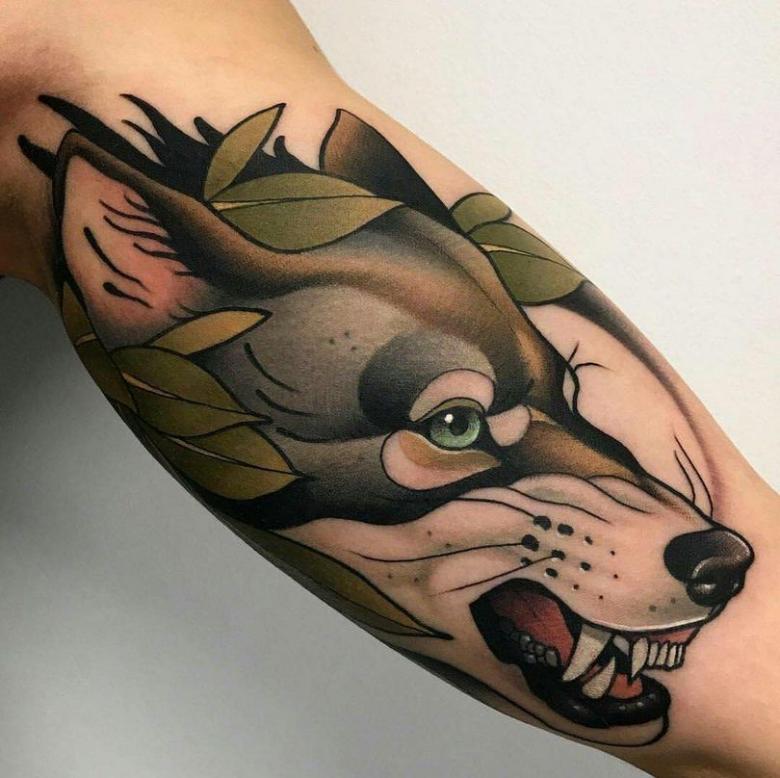
While Swallows can signify the distance traveled by a sailor, they can also signify the idea of return. This particular bird will always migrate back to its original home.
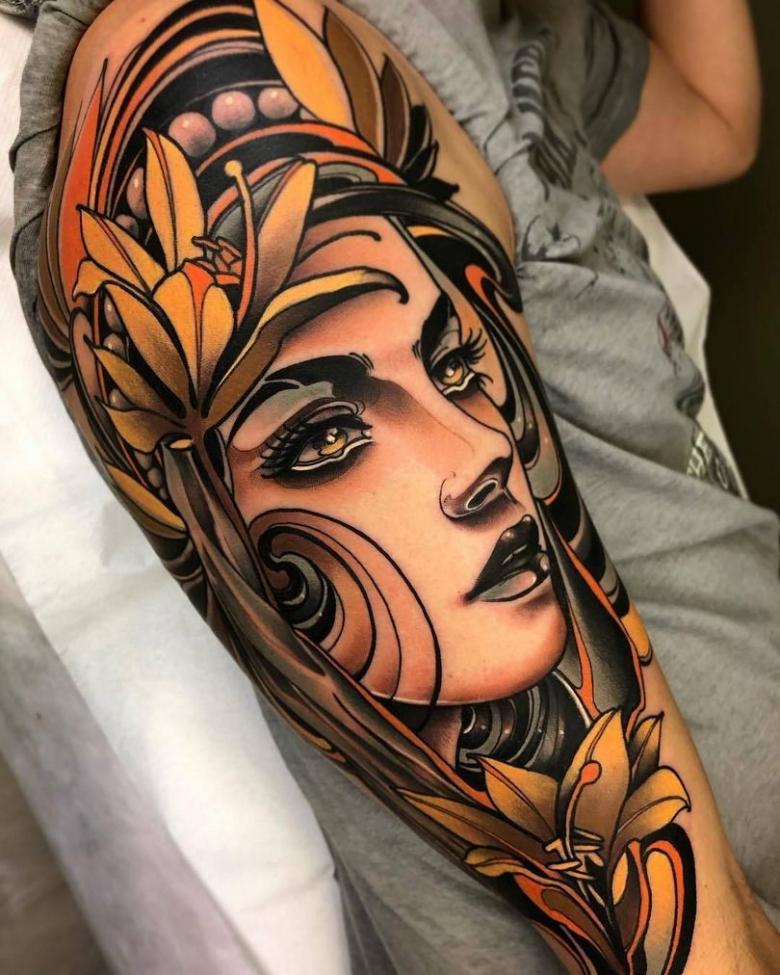
Sharks, Panthers and Snakes have similar ideas based on strength and more, but they are also visual representations of the owner's personality. The dragon tattoo, first seen because Sailor Jerry was the first Western tattooist to come into contact with Japanese tattooists, is not only a deep appreciation of Irezumi, but also a nod to the power of the mythical beast.
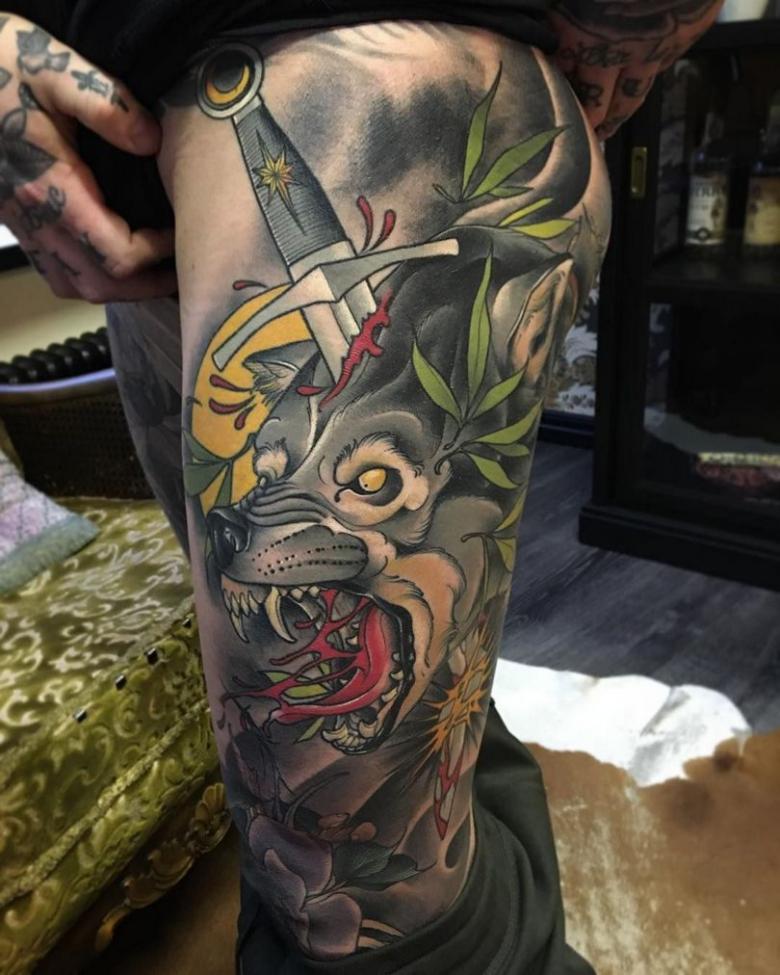
Another important symbol of traditional tattooing-the Rock of Ages, a cross made of stone inside a woman clinging to its building, usually in the midst of crashing waves and an endless sea.
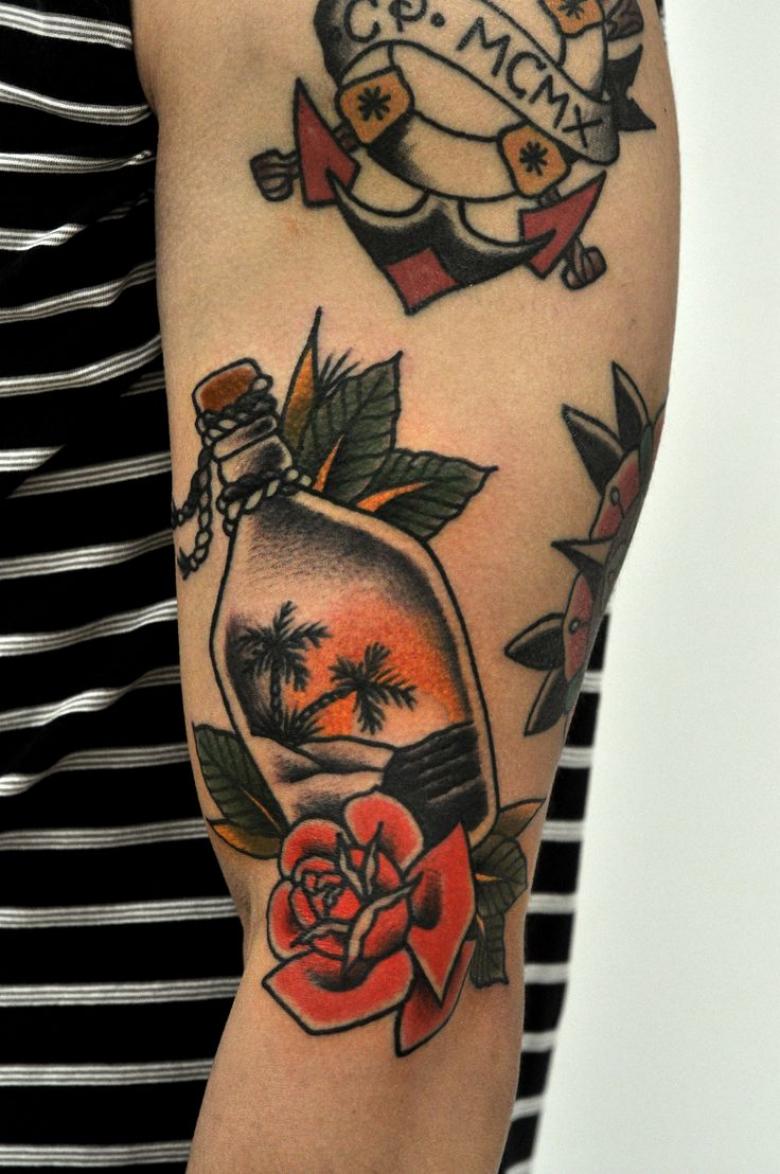
First seen in 1860 in paintings by Johann Ertel, this religious image resonated with many Americans, including tattoo artists and clients. There are thousands of images that coincide with the traditional tattoo style.They have been collected by studios, art books and artists around the world.
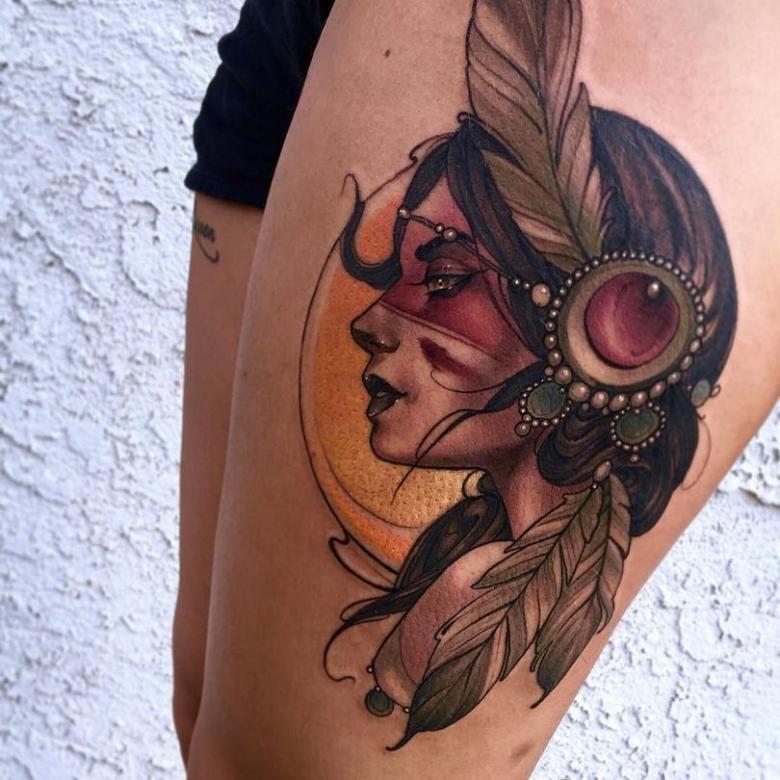
Techniques and visual style of tattoos
As for the actual visual style of traditional tattooing, the bold black lines and use of pigment-all of these have a pretty rational application. The illustrative look may have originated from European drawings, but the bold black lines may have been a technique drawn from the tried and true methods of tribal tattooists belonging to Polynesian or Native American peoples.

Over the centuries, carbon-based inks have proven to age incredibly well, not only keeping their shape for centuries, but also helping the clarity of the design.
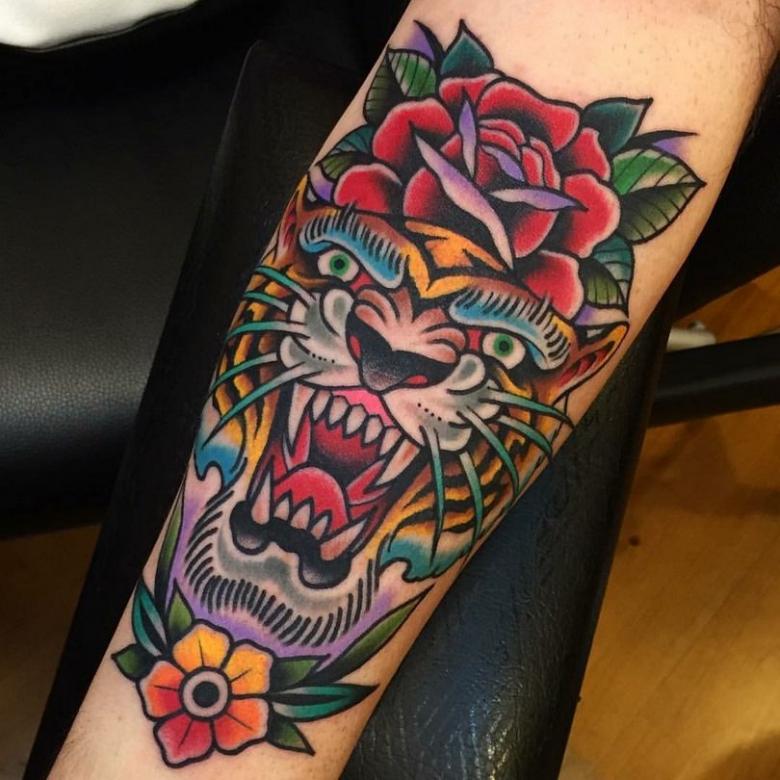
The vibrant tones used by traditional tattoo artists were also mainly due to what was available when pigments were used for skin where they did not reach the highest quality or technological advances. Tattoo inks were limited to these particular colors because of their lack of fading, but also because of the availability of ink at the time.

